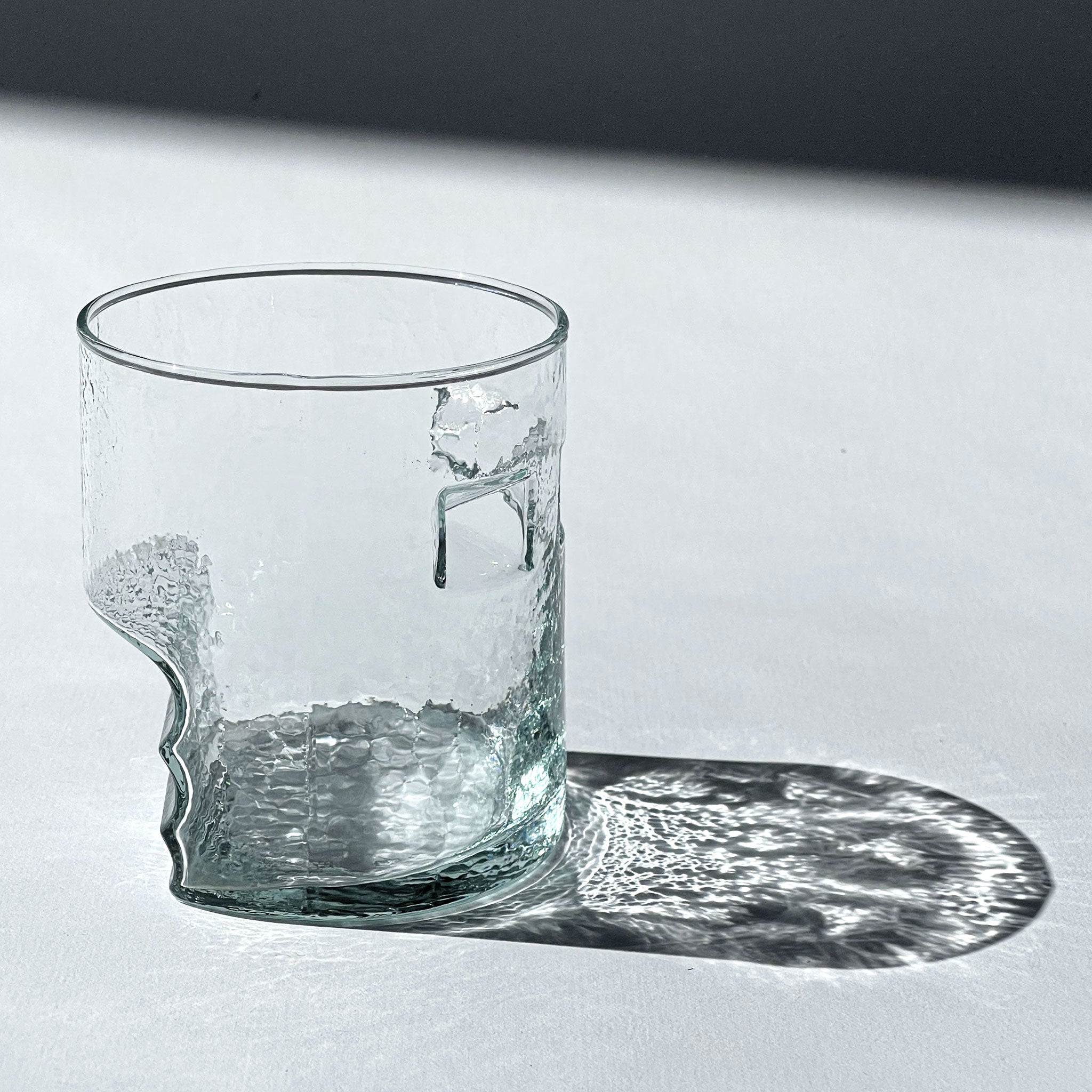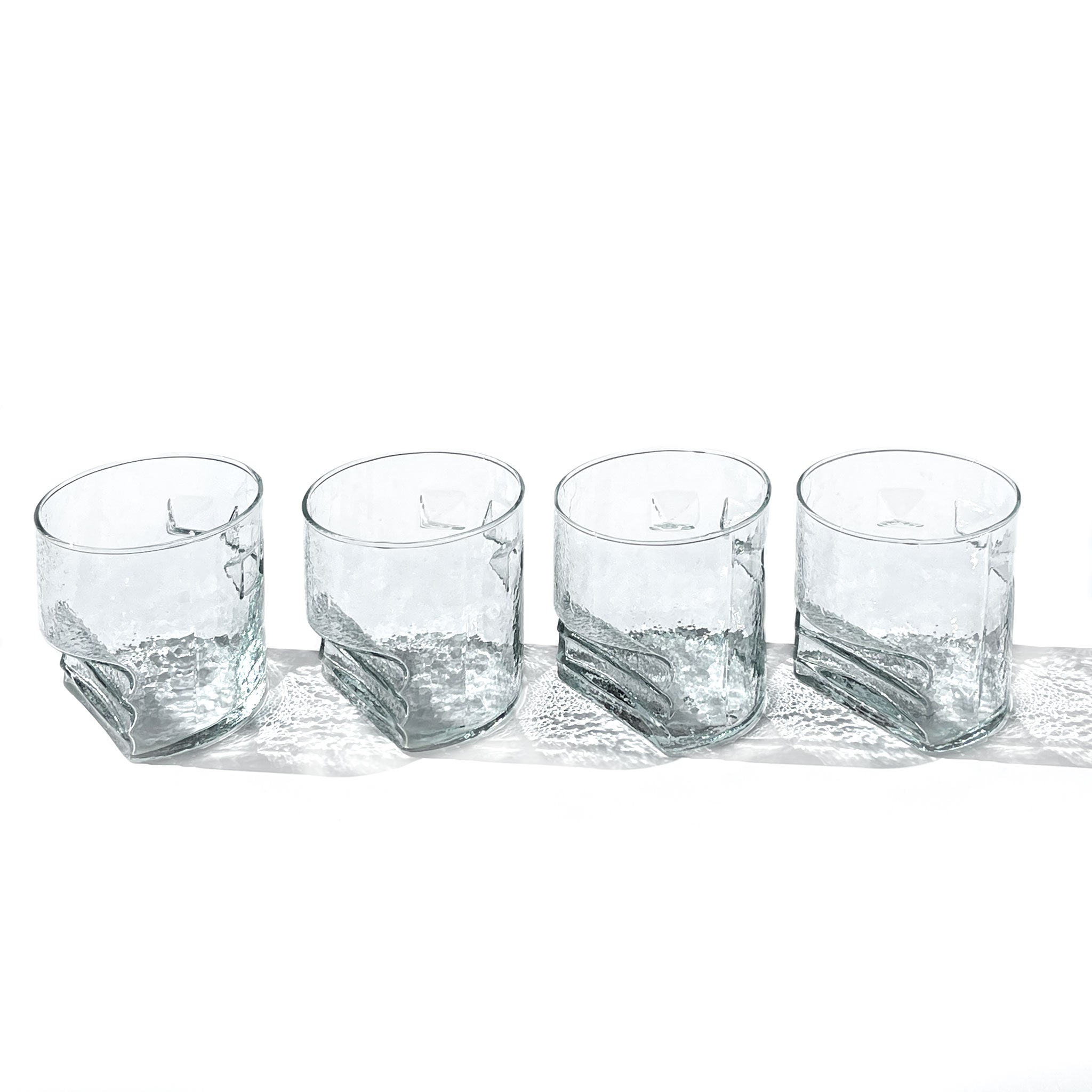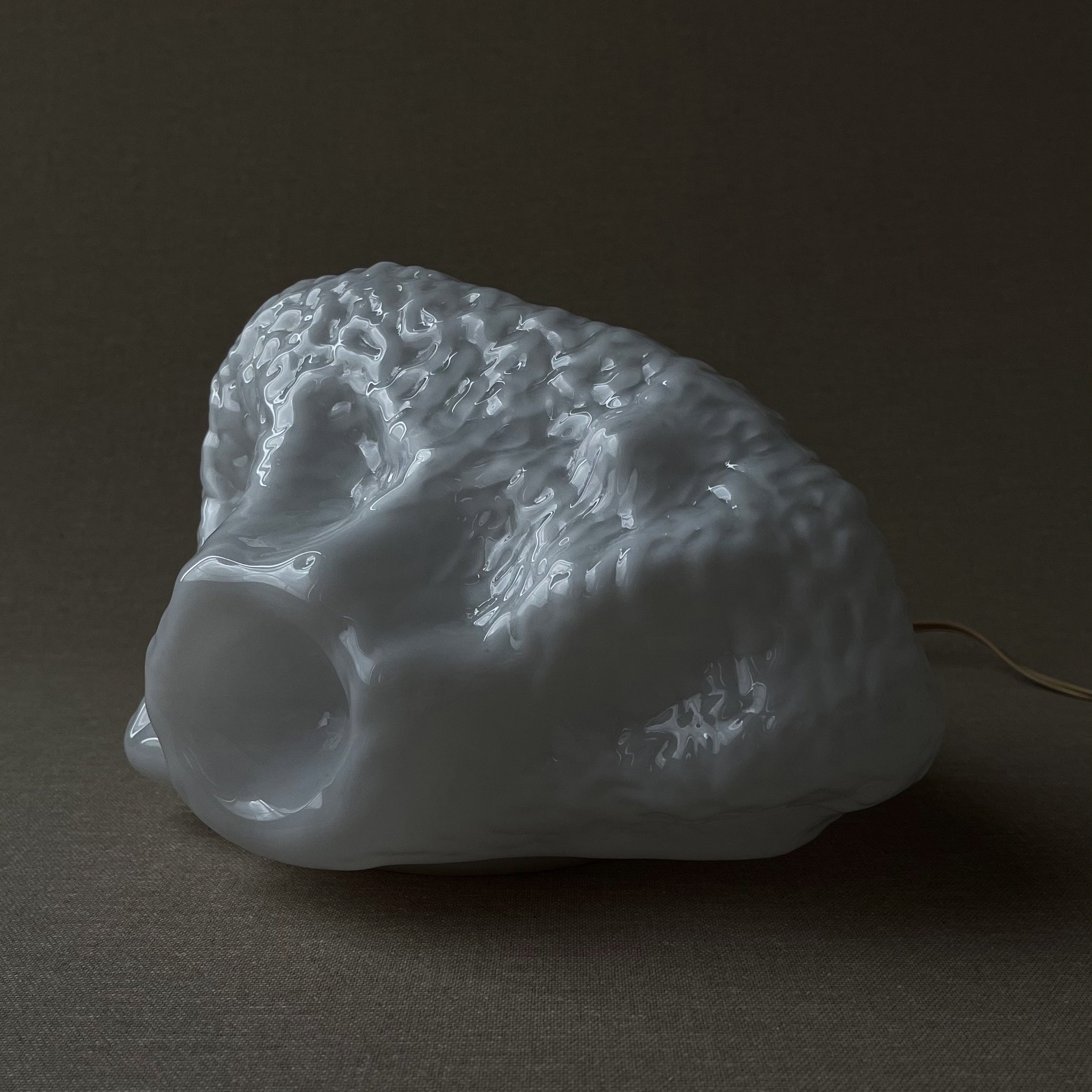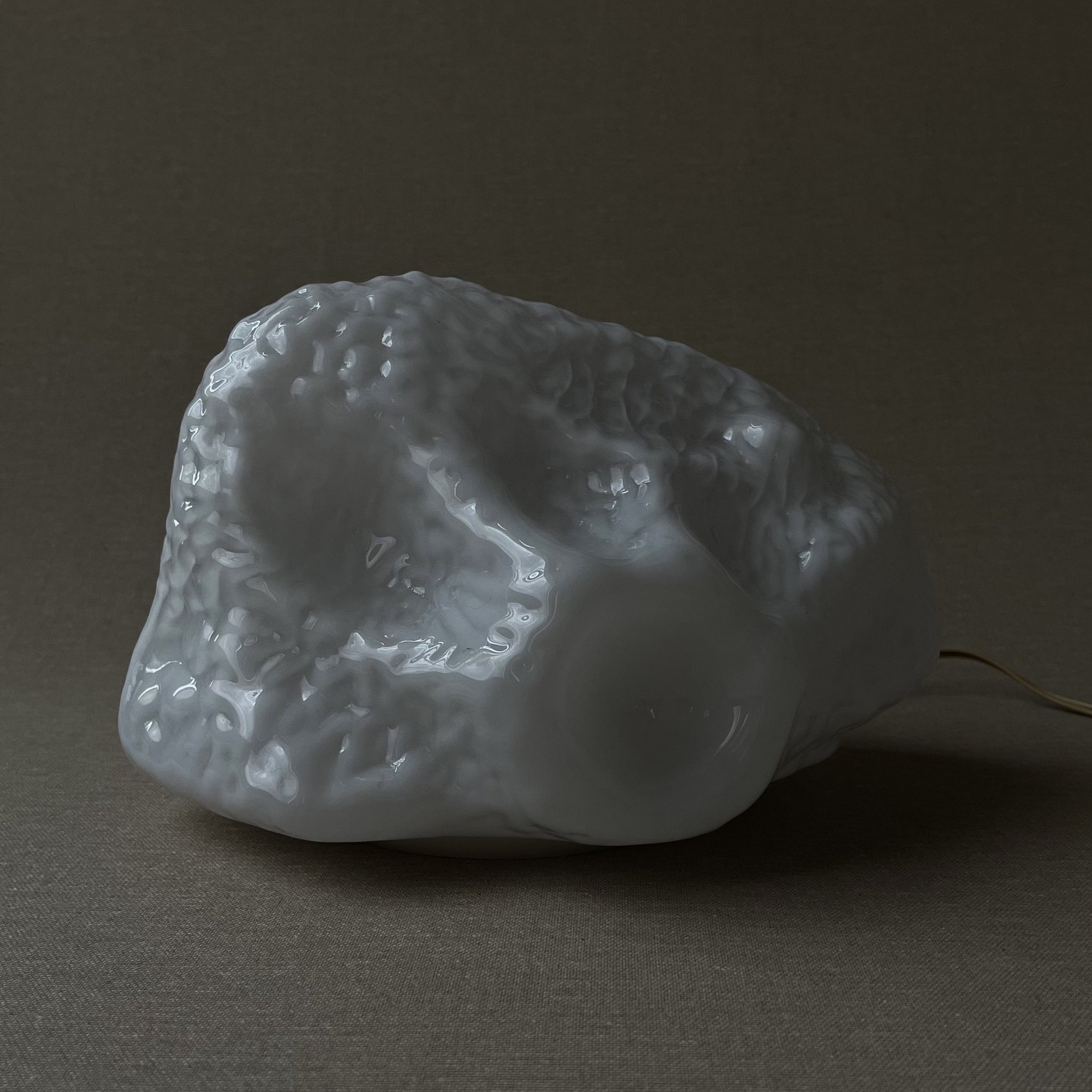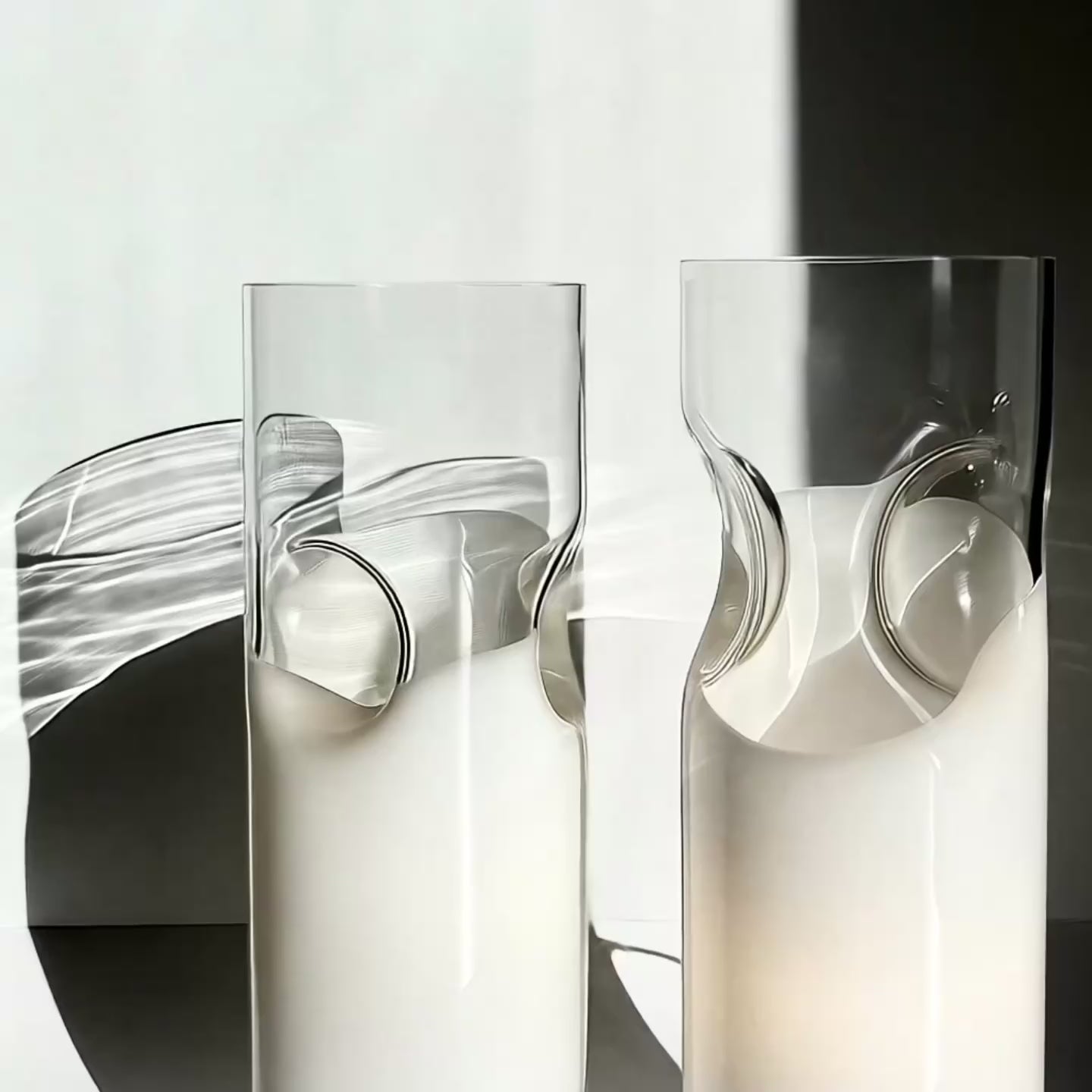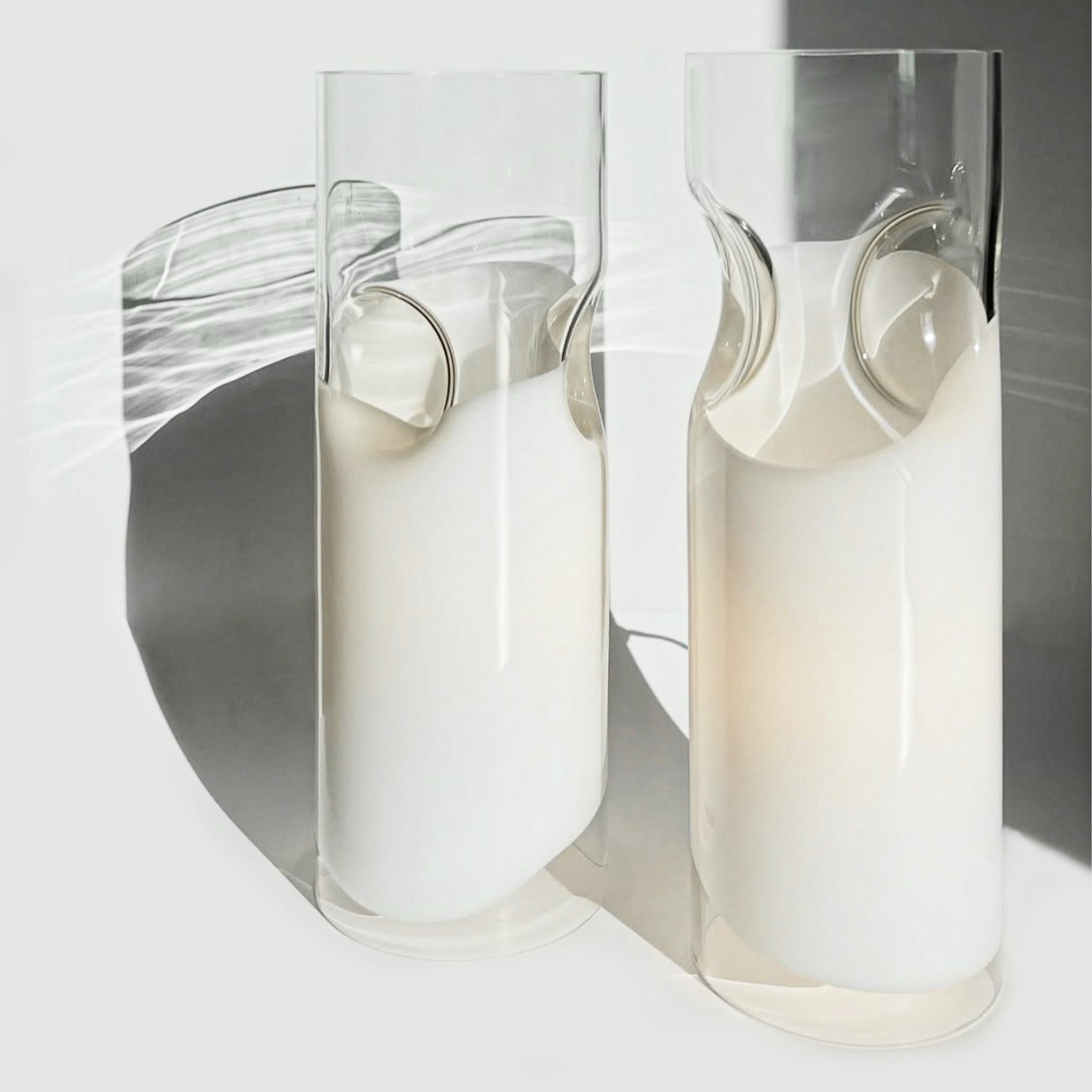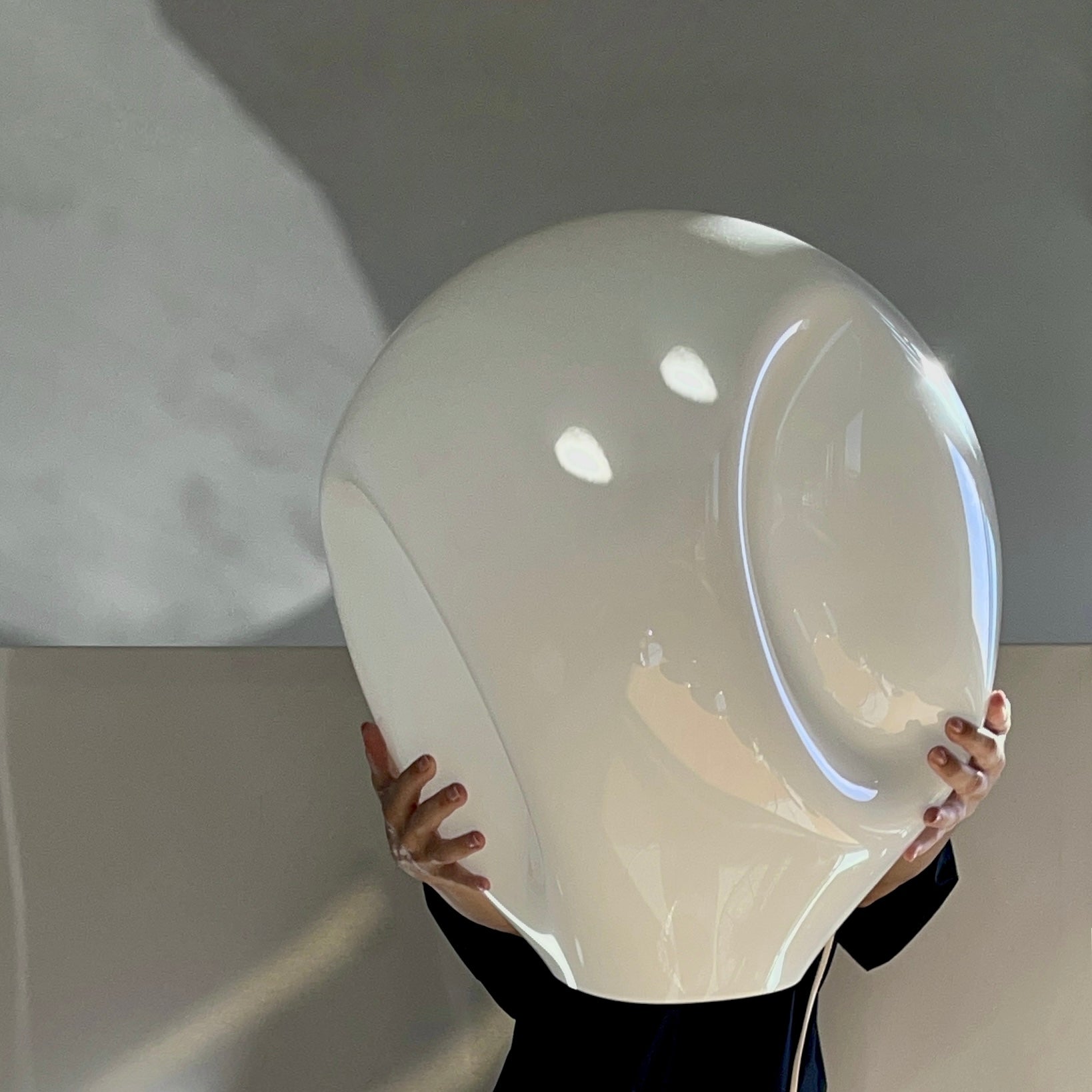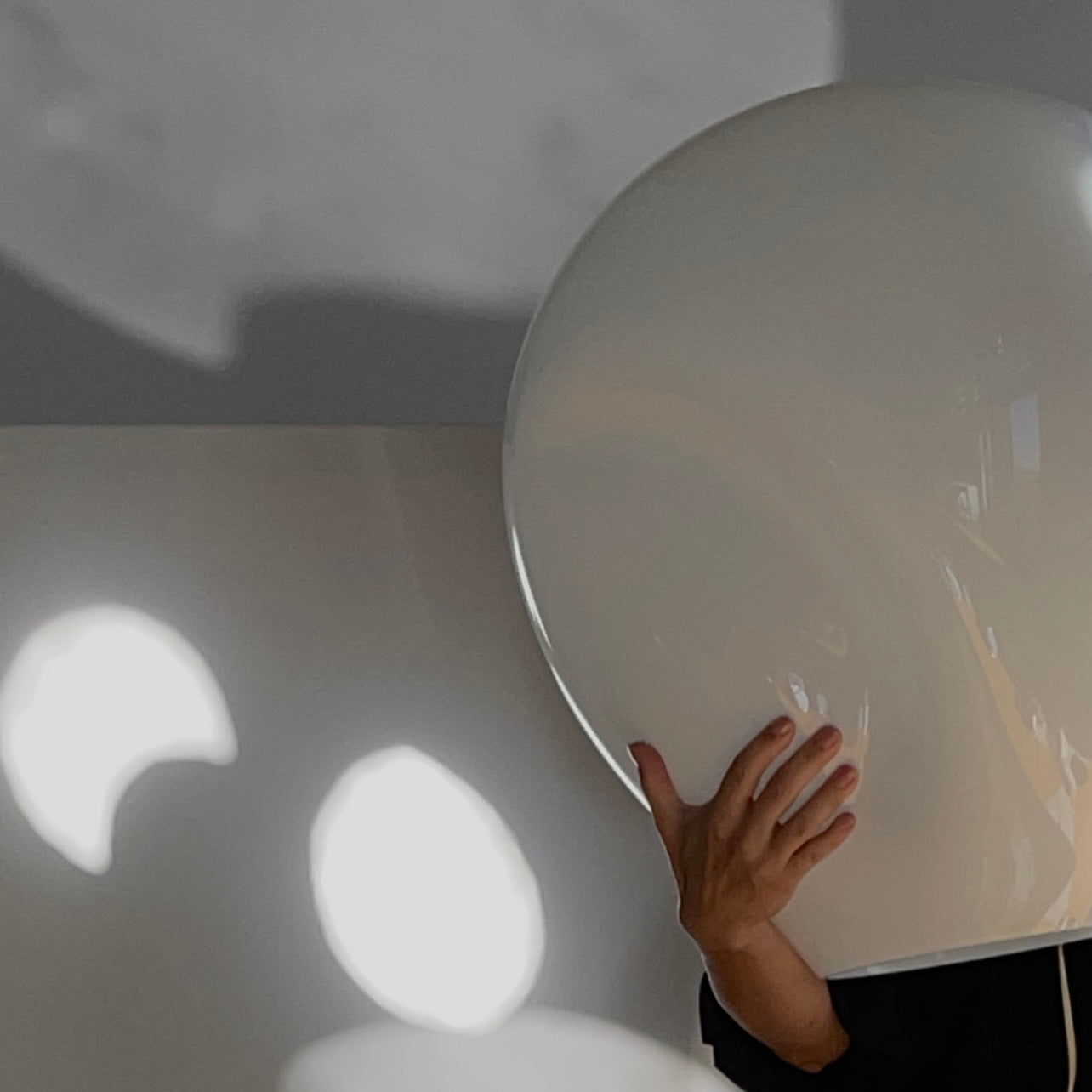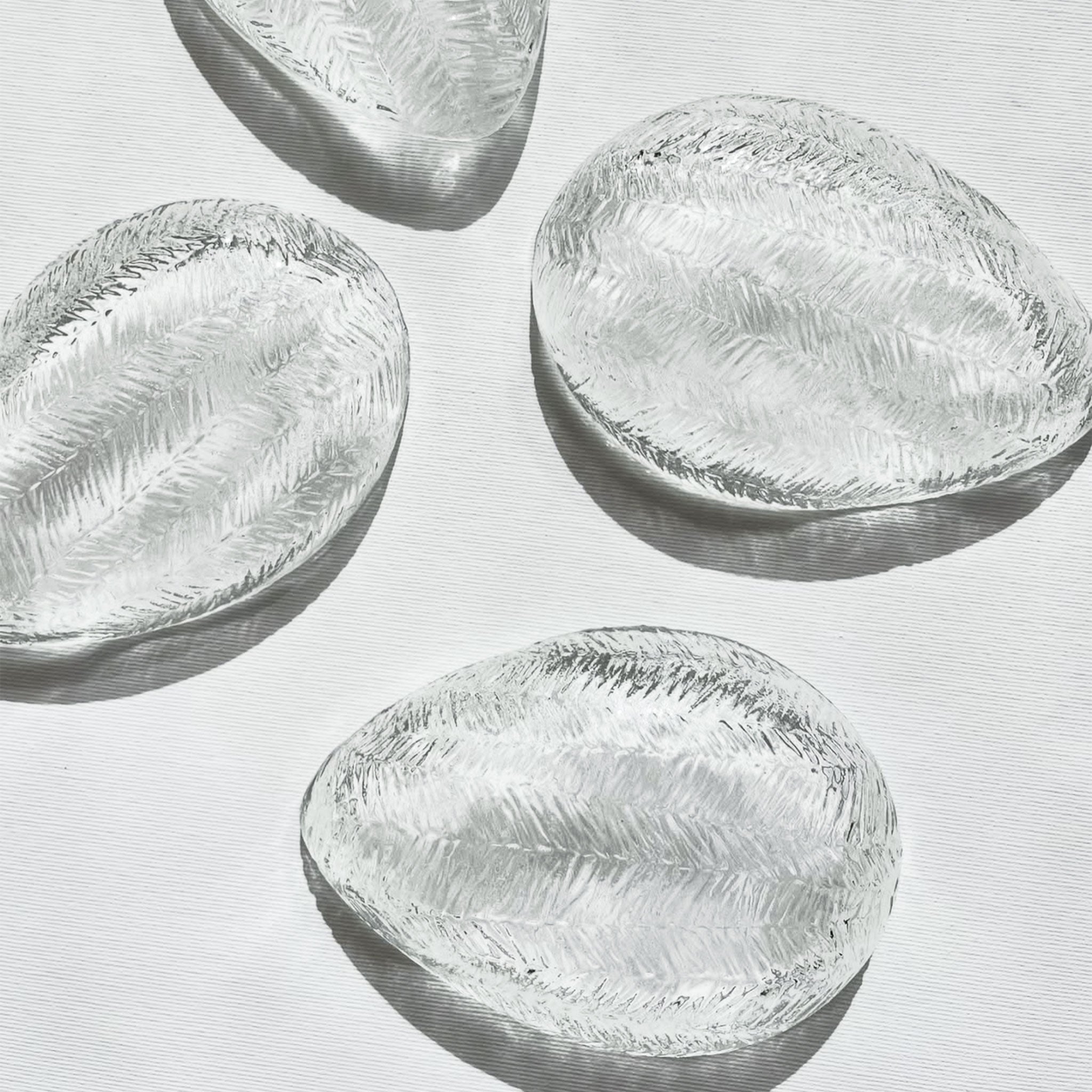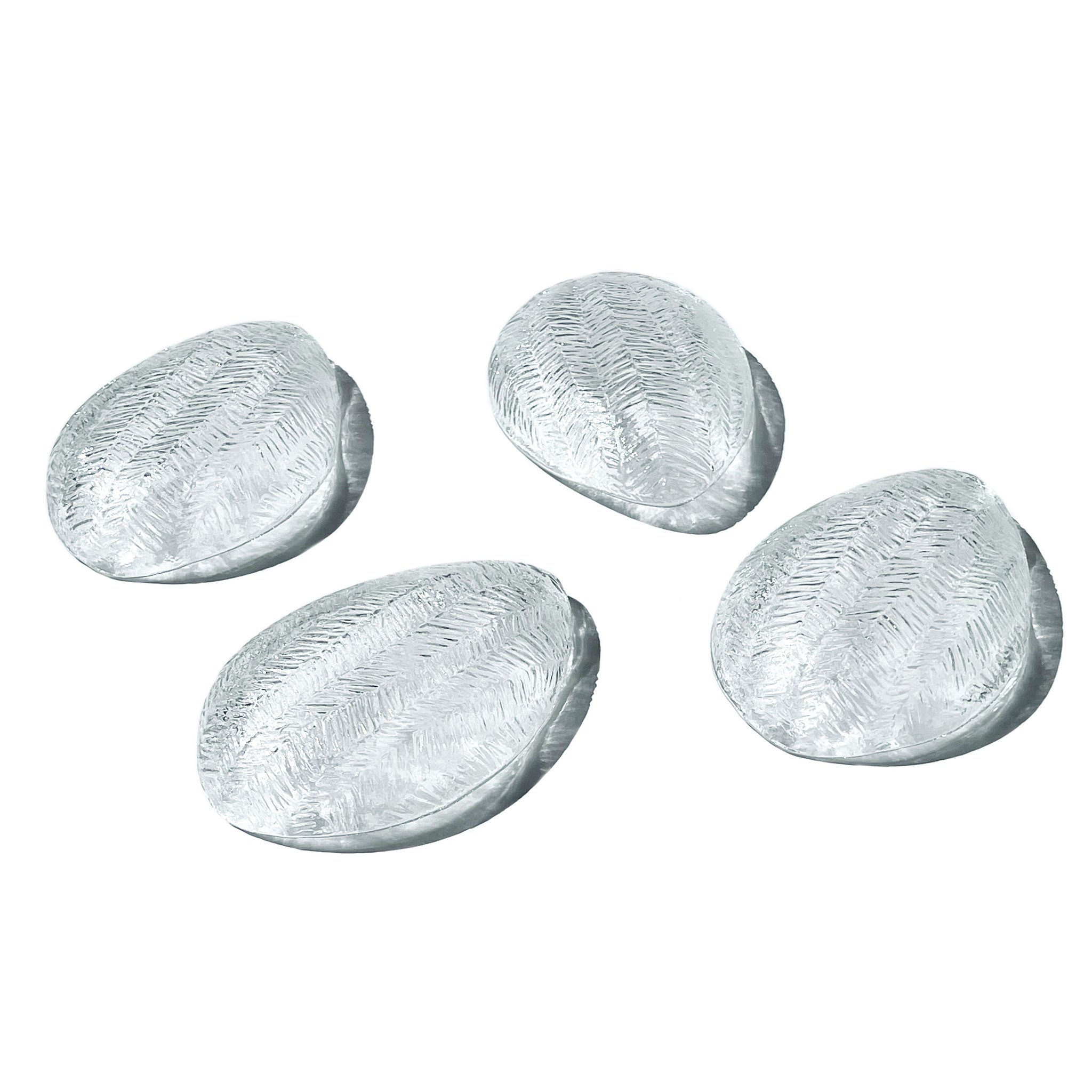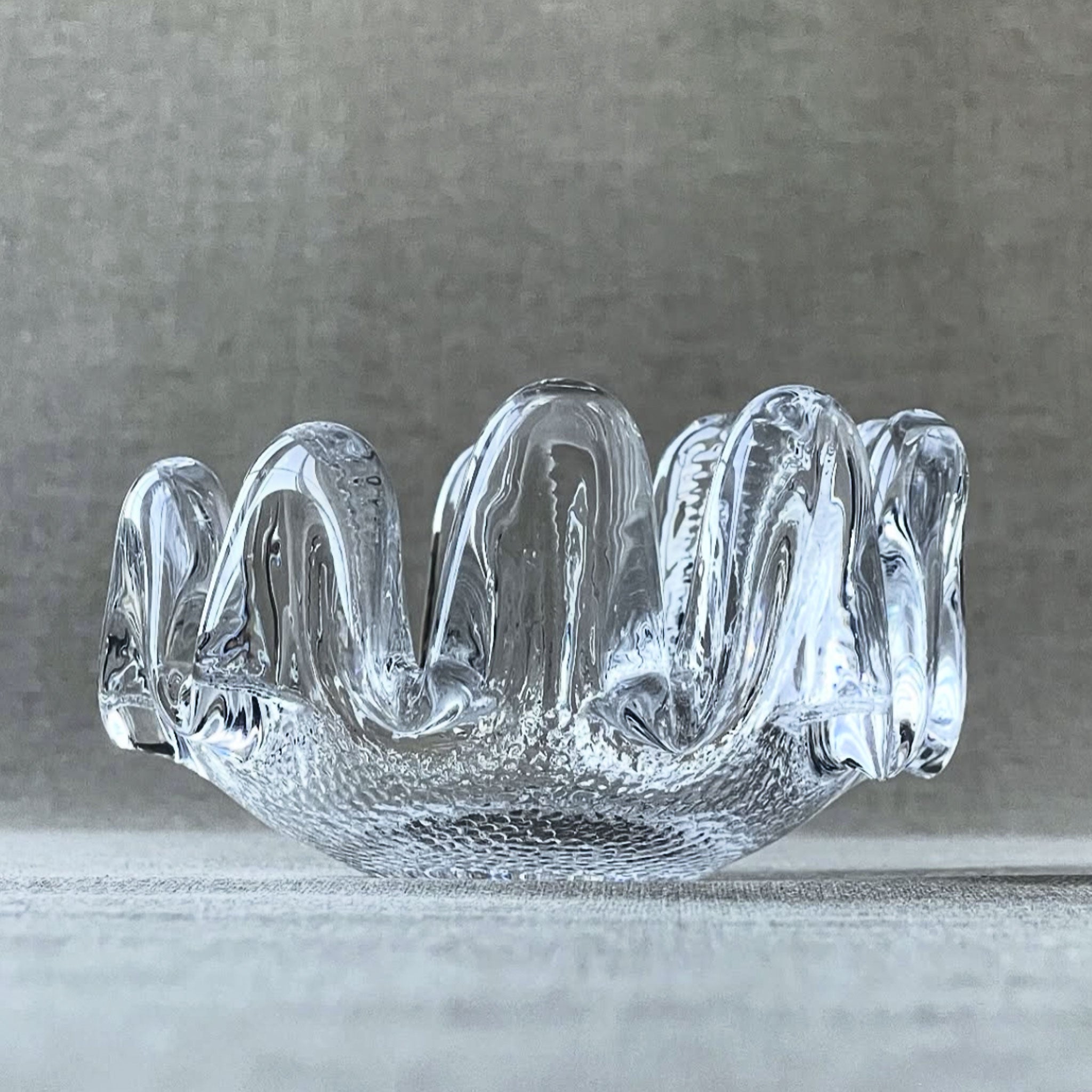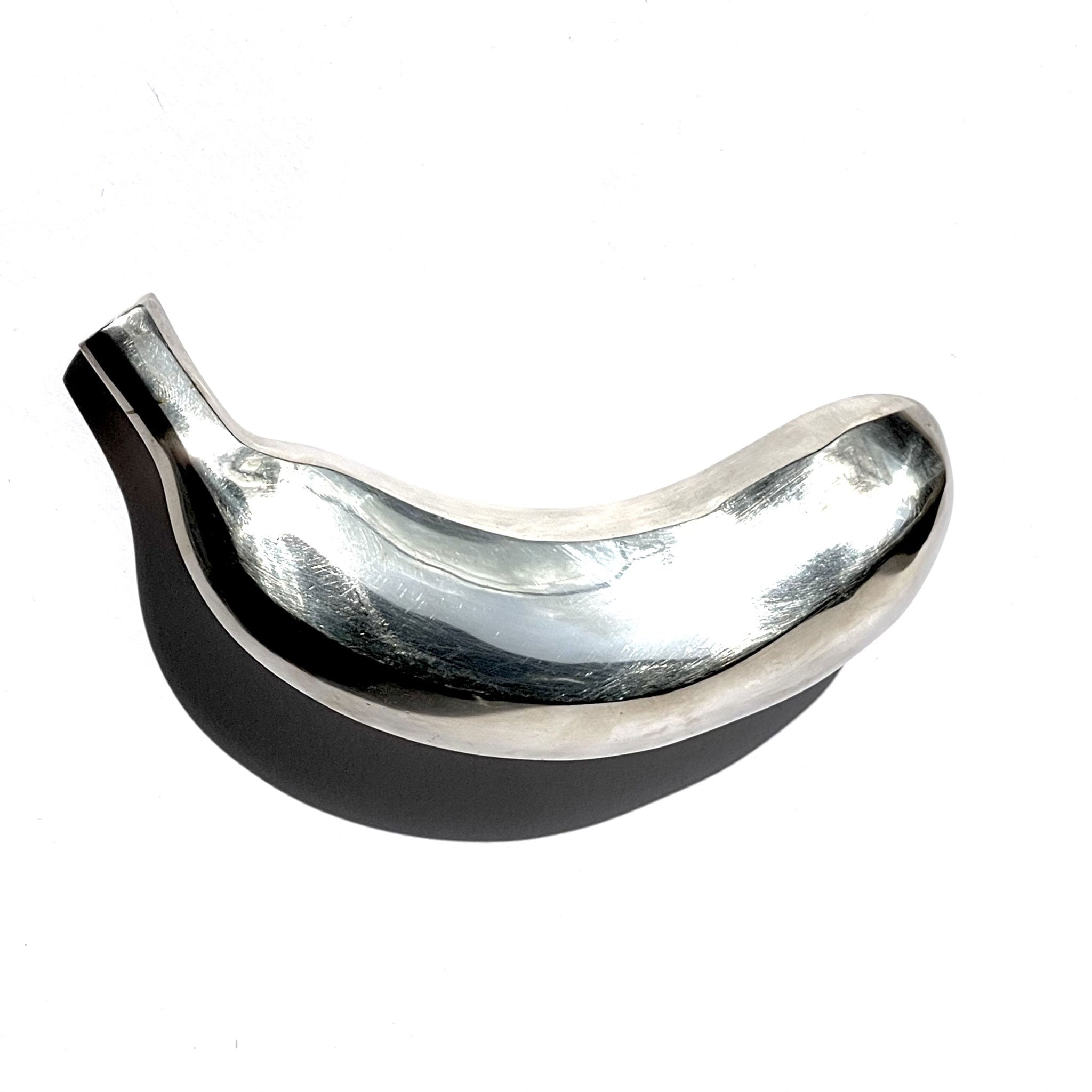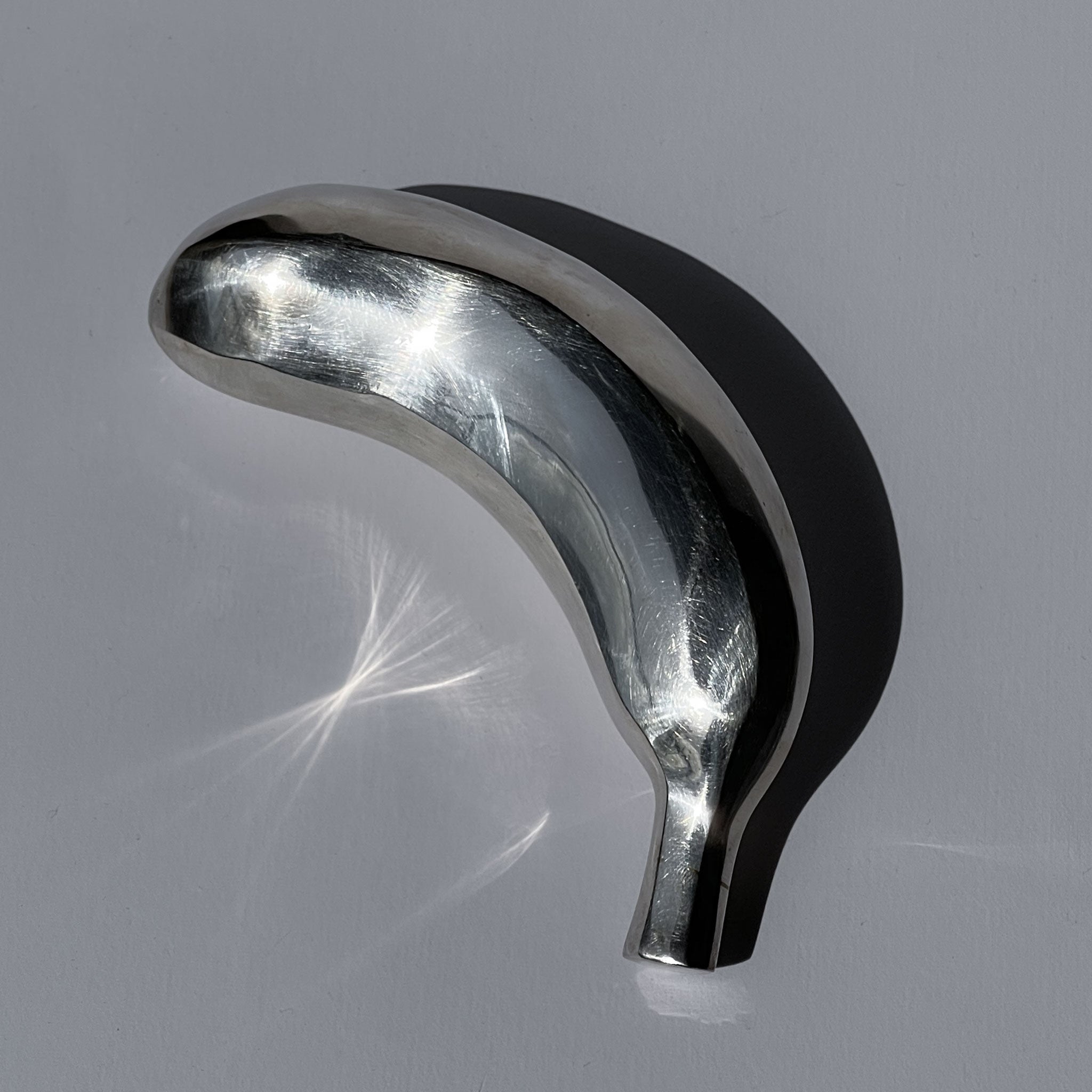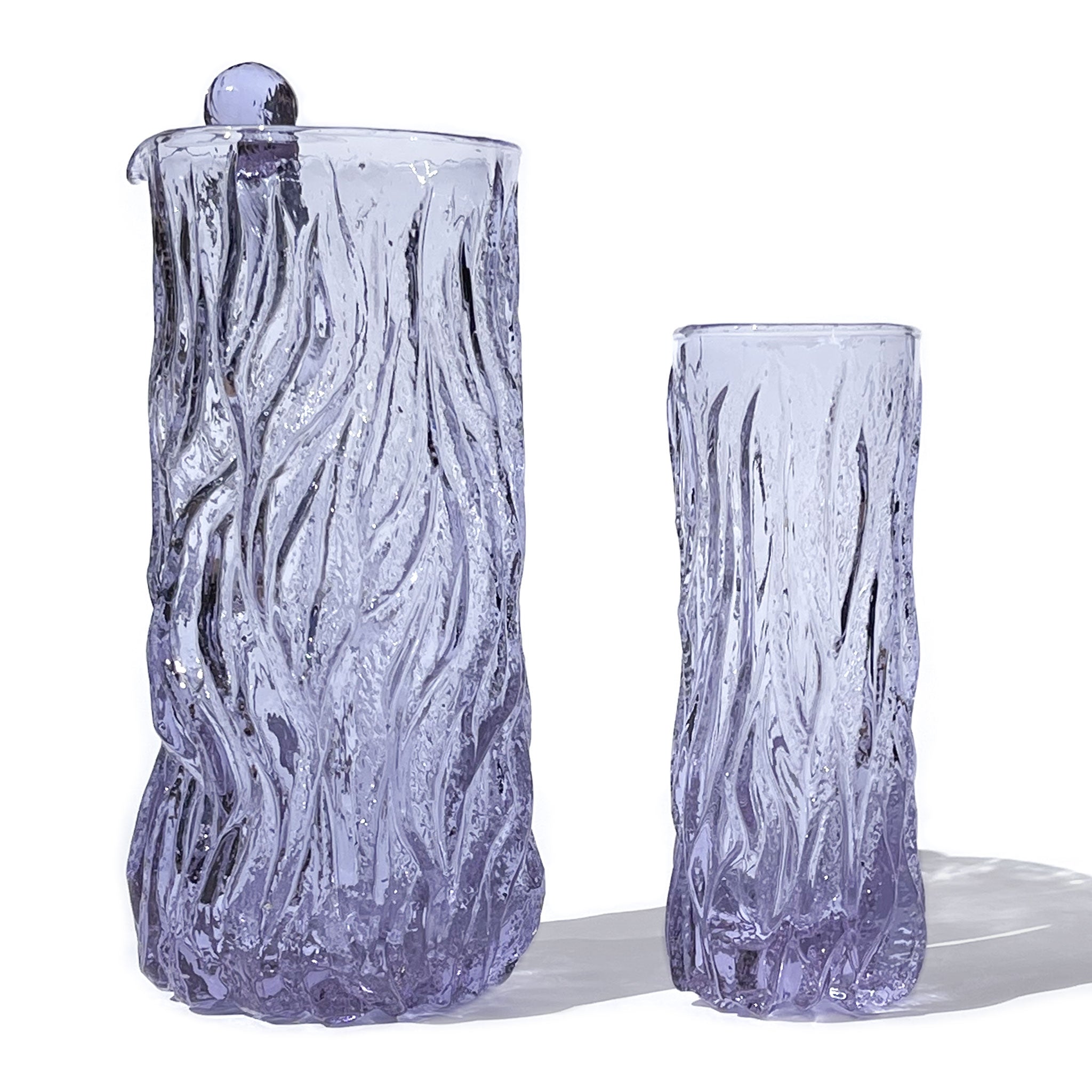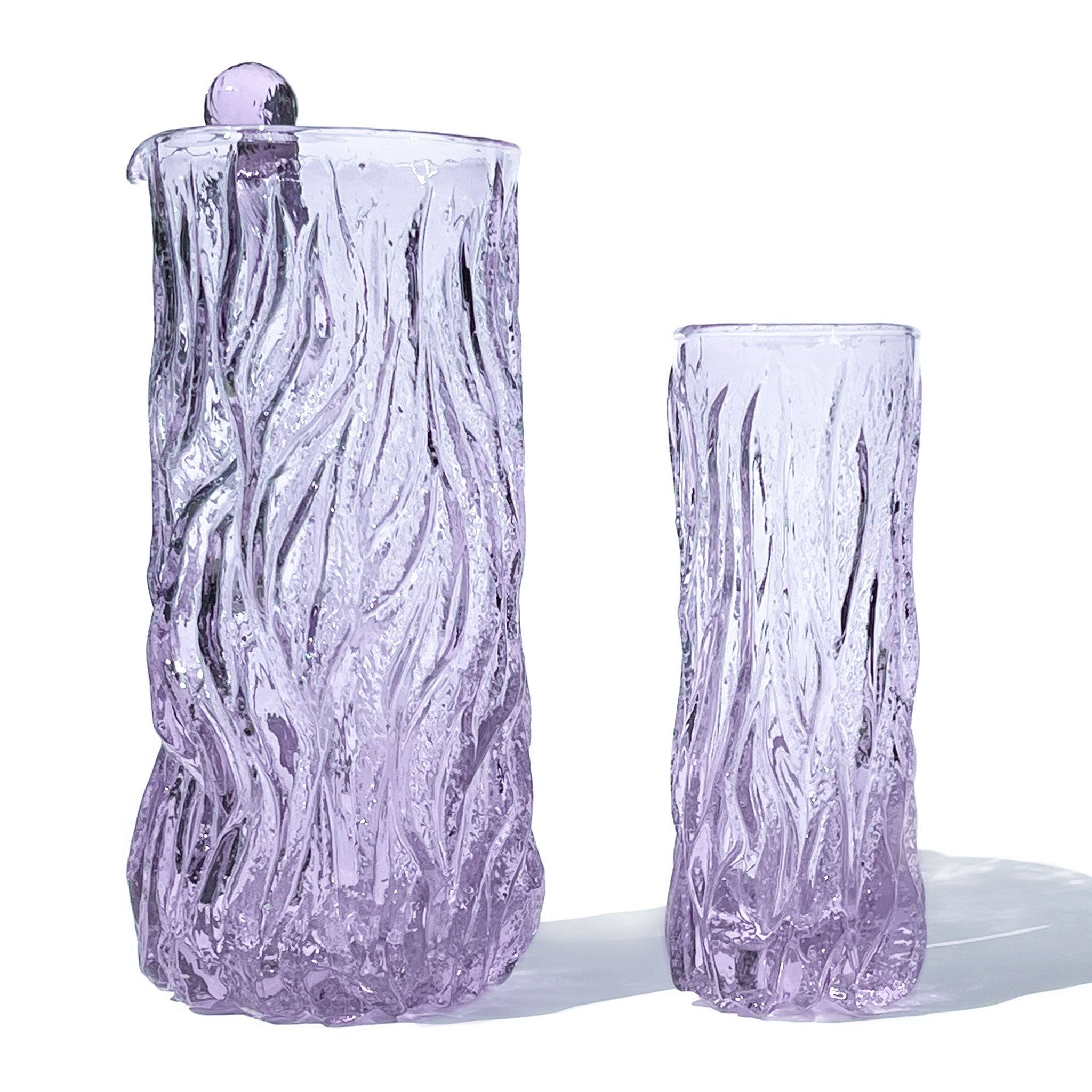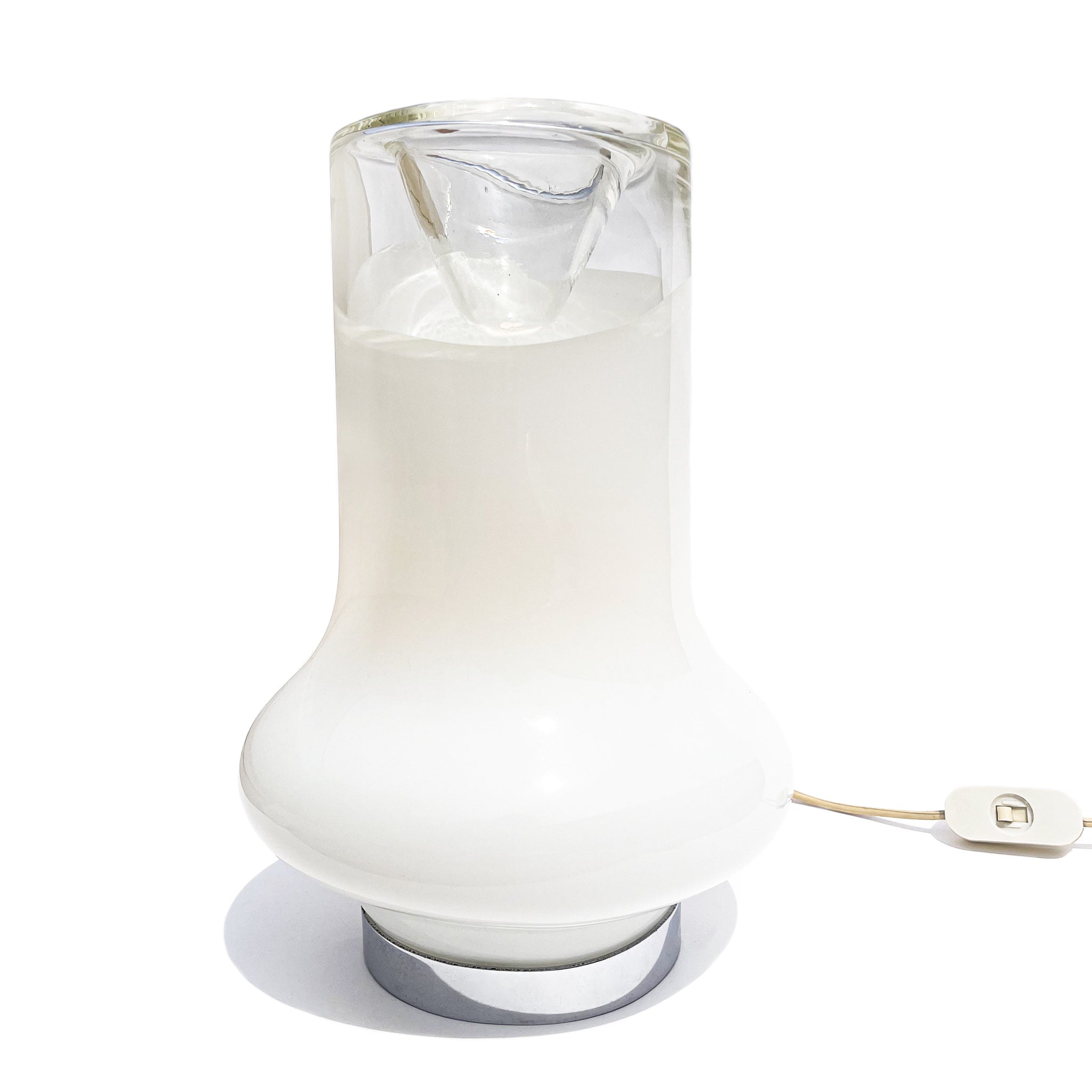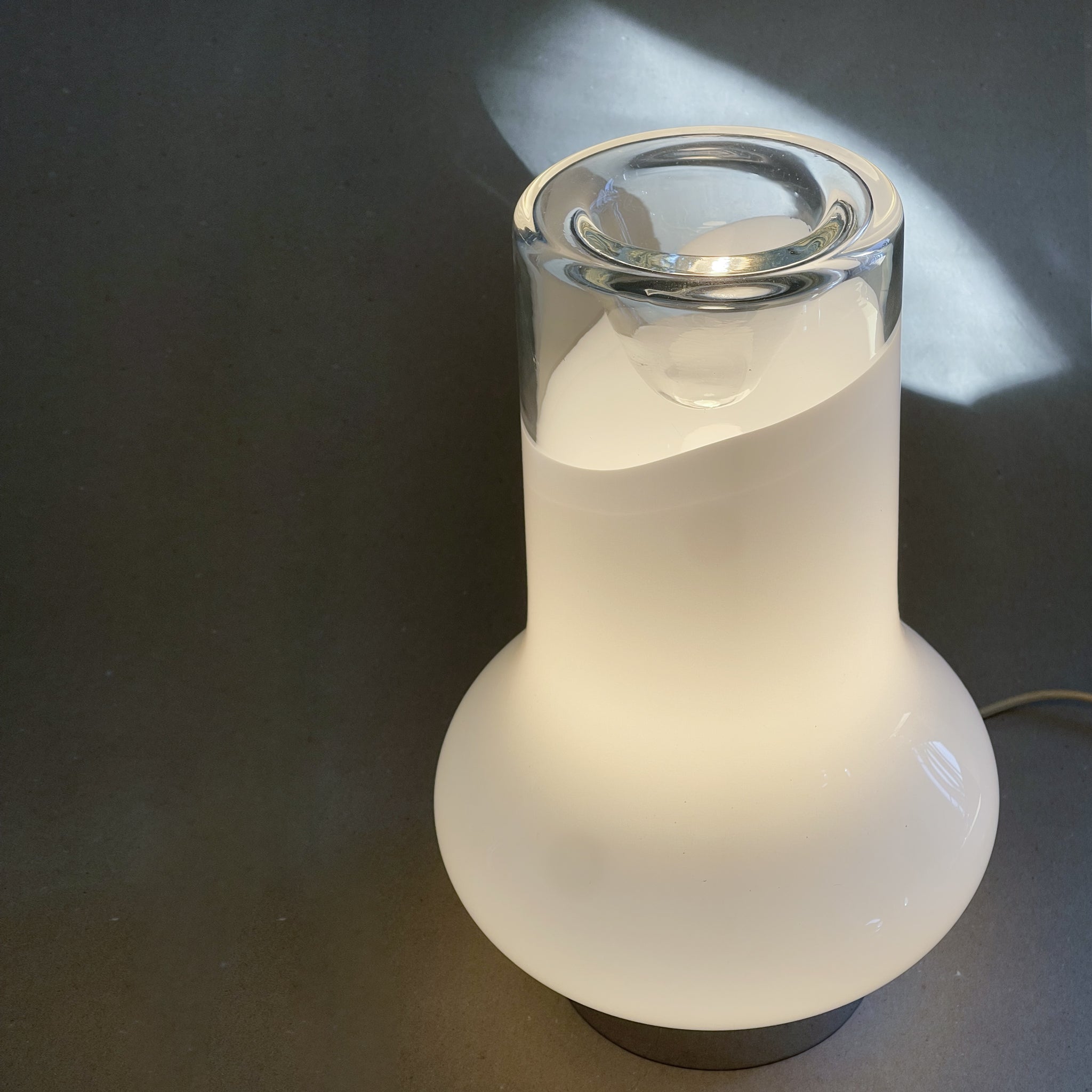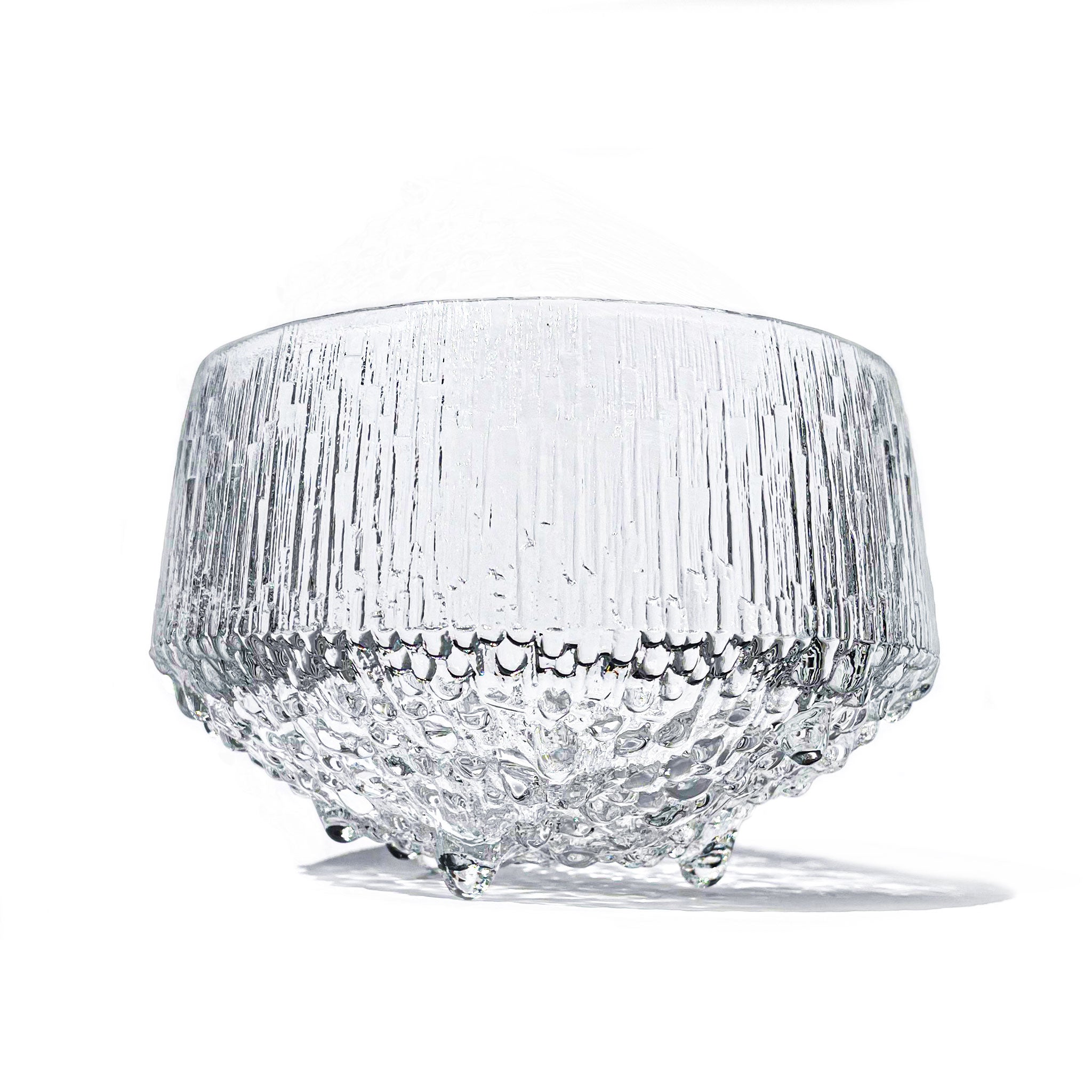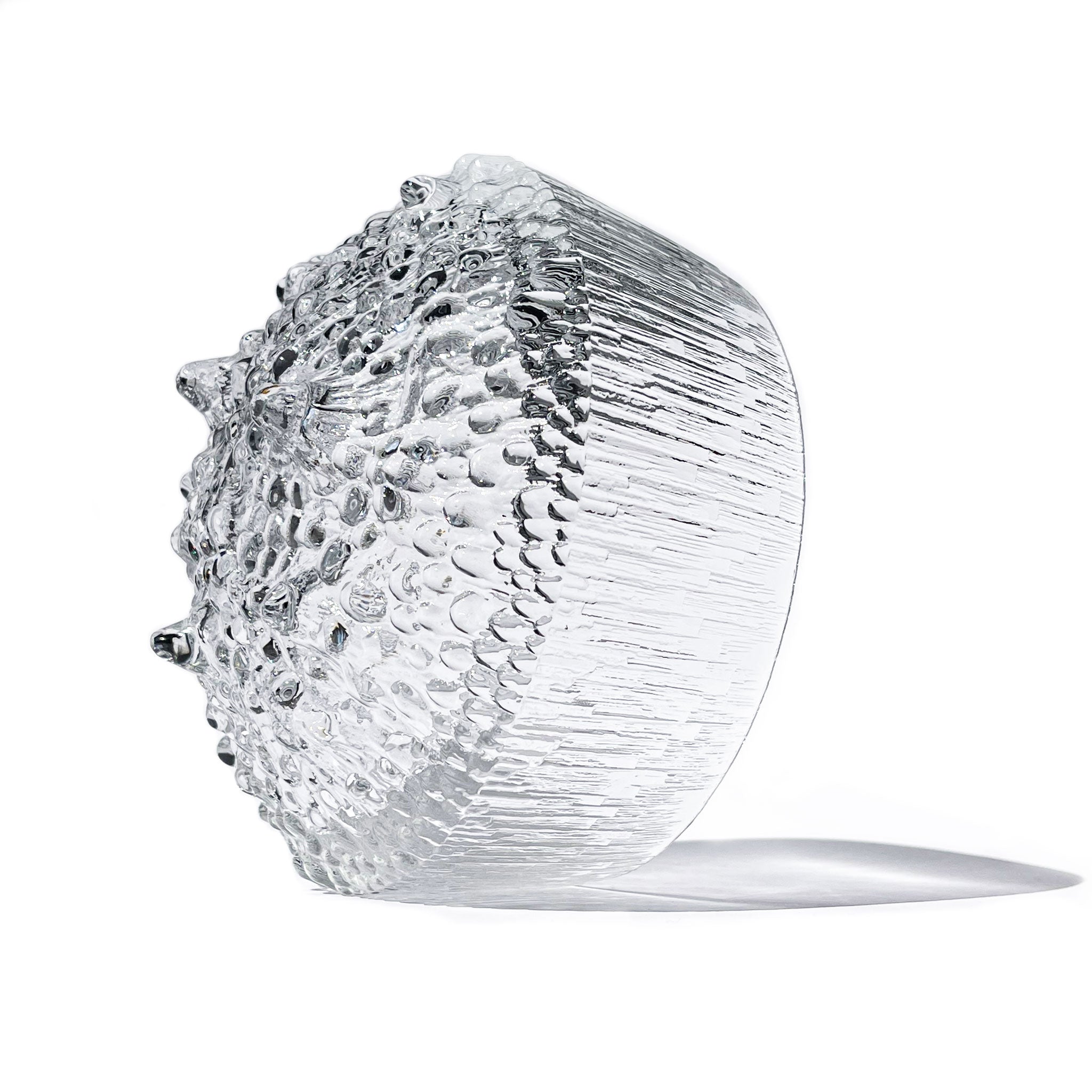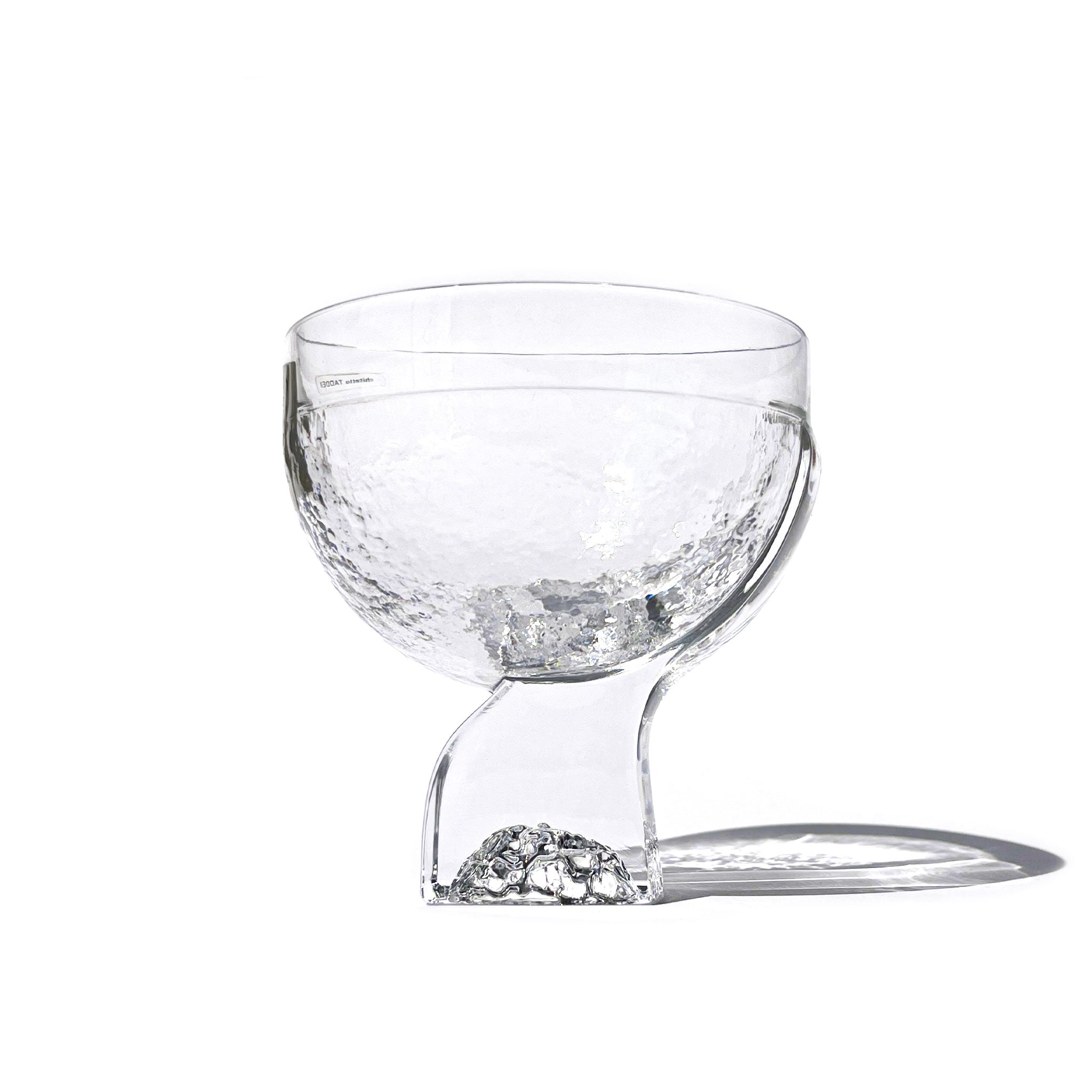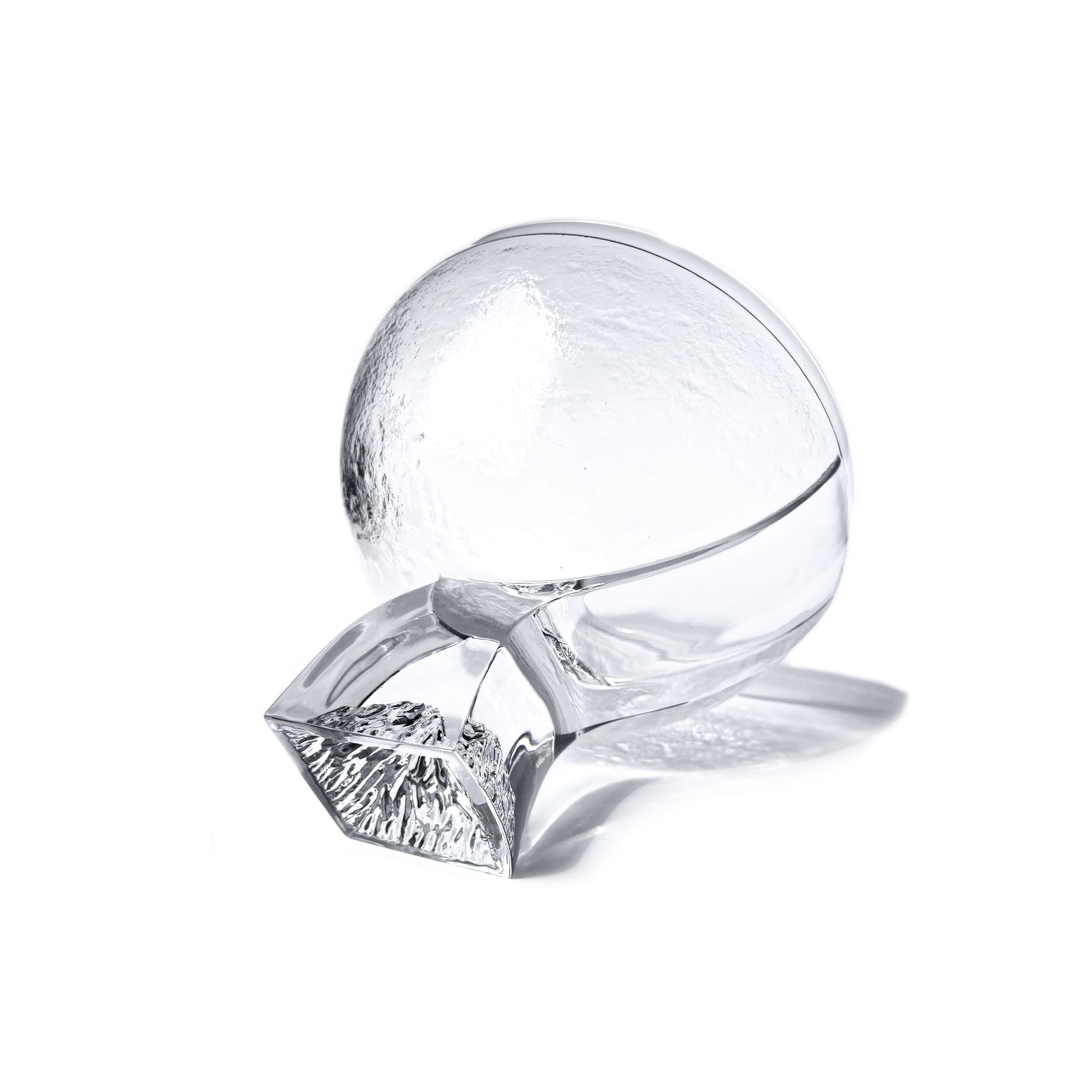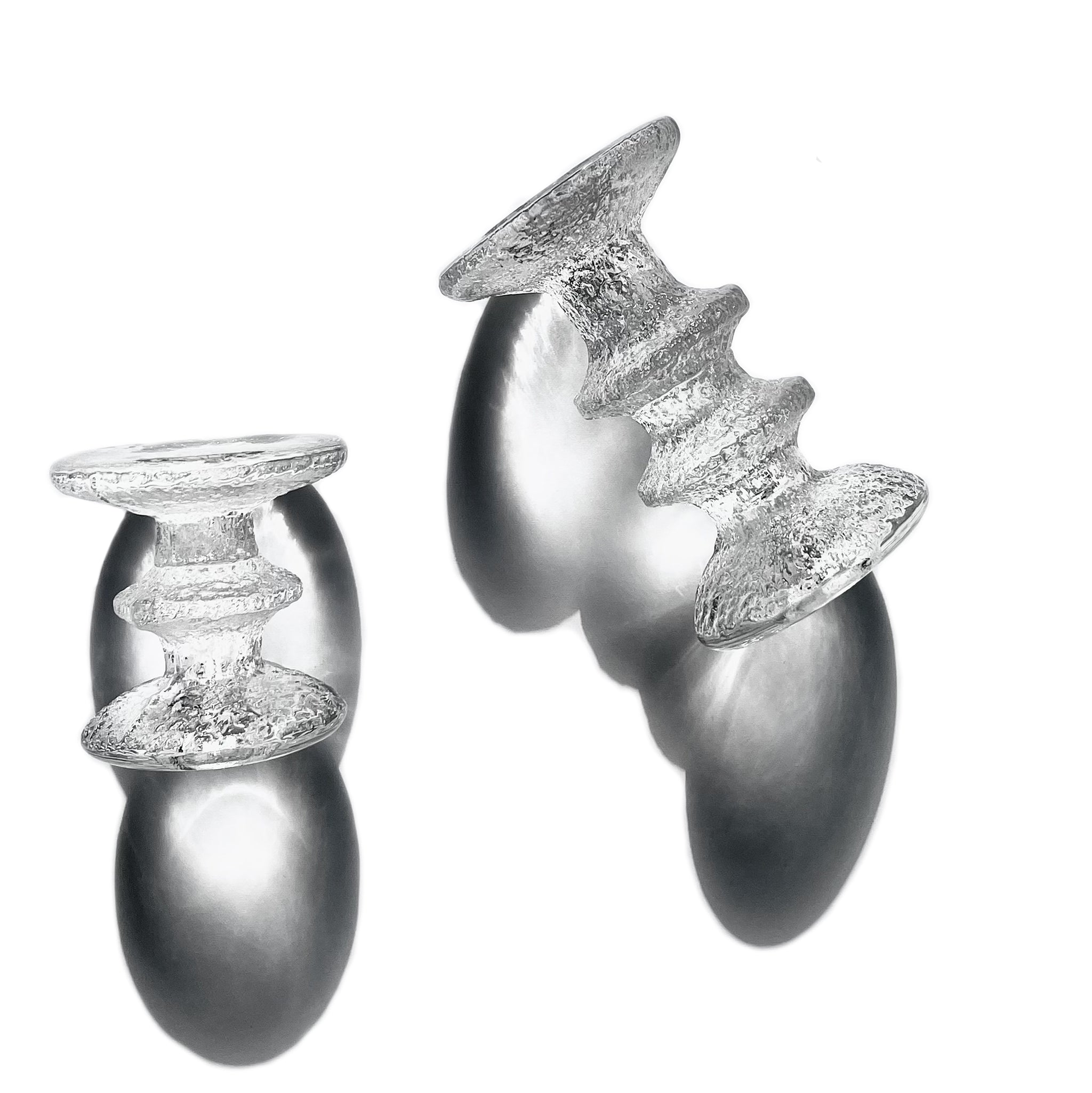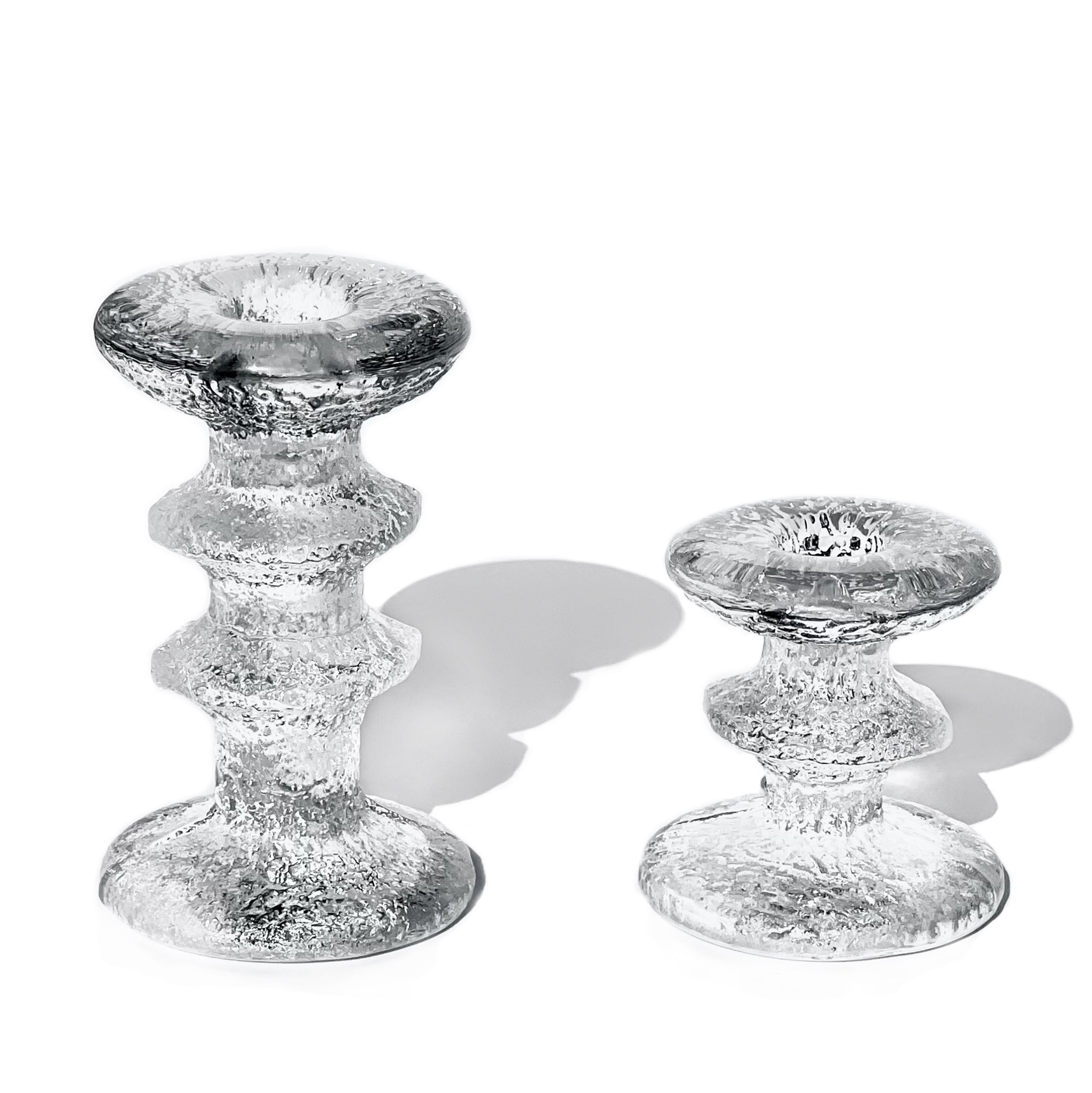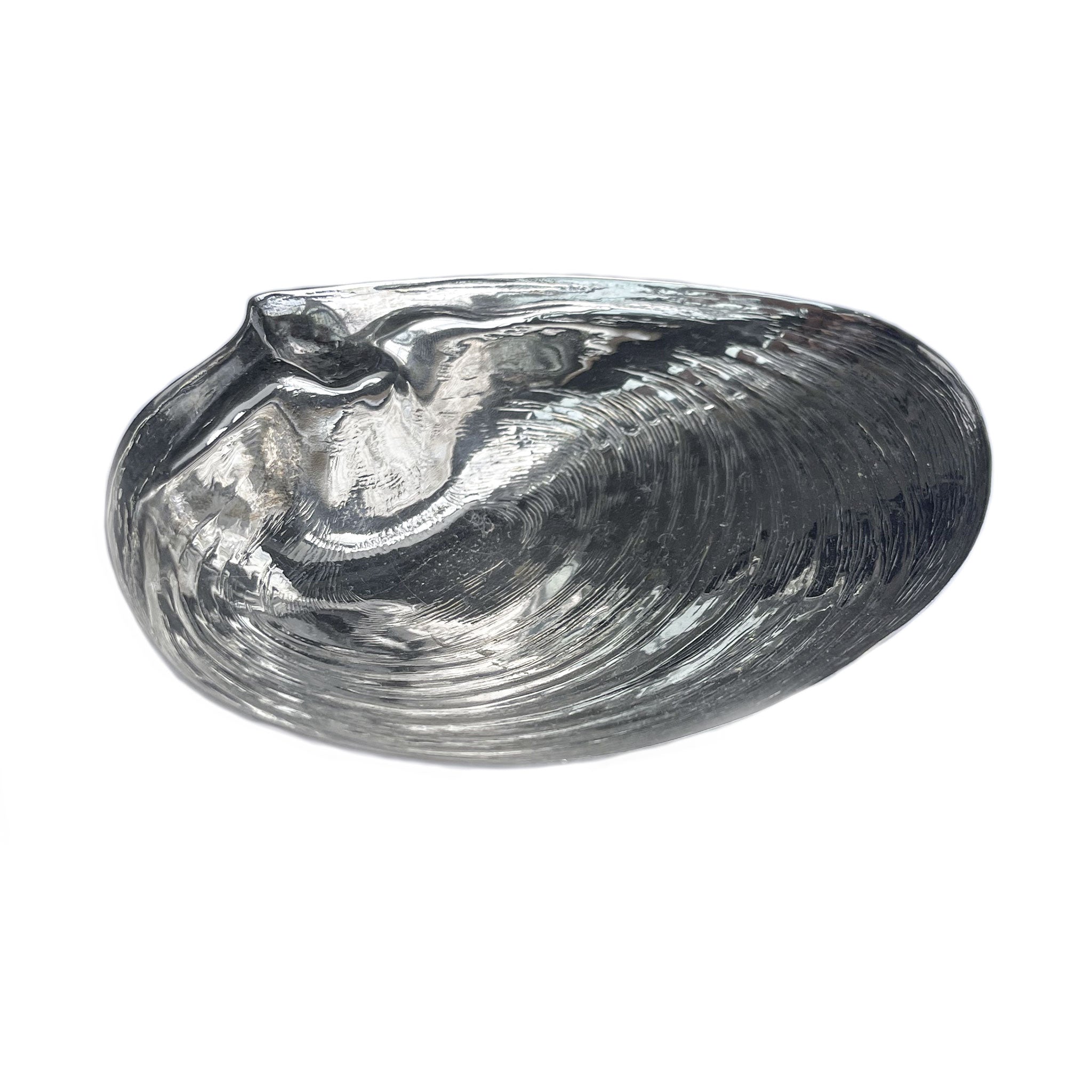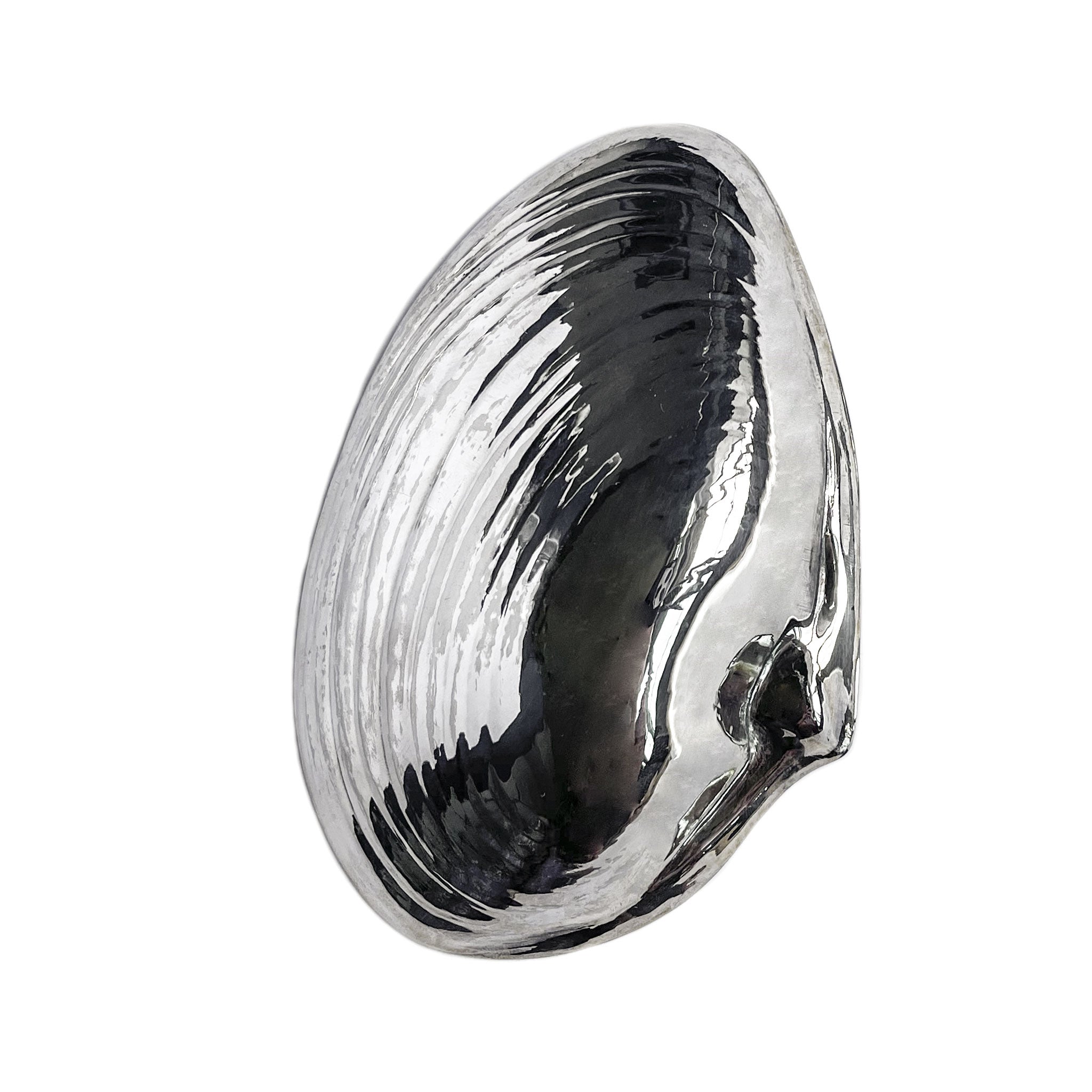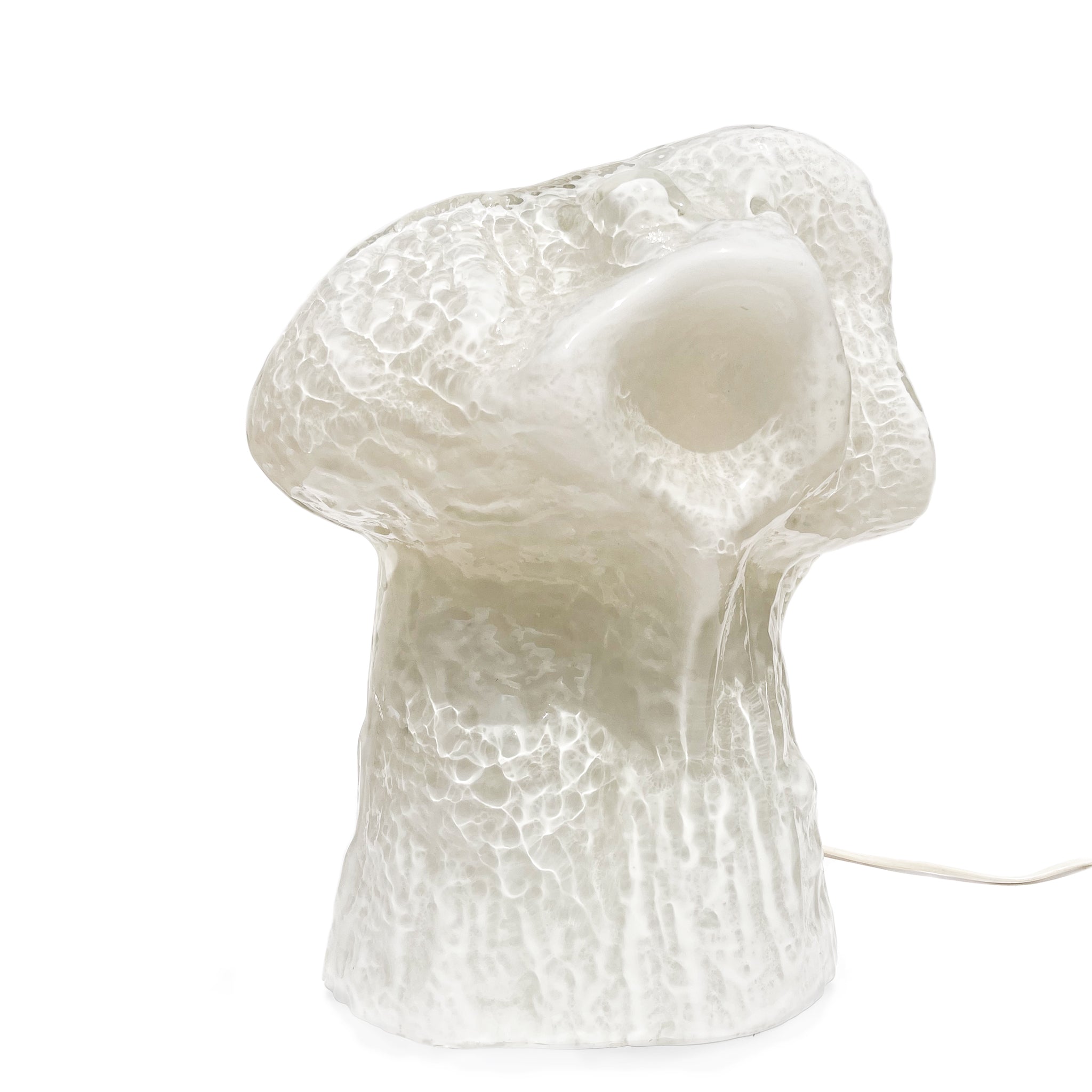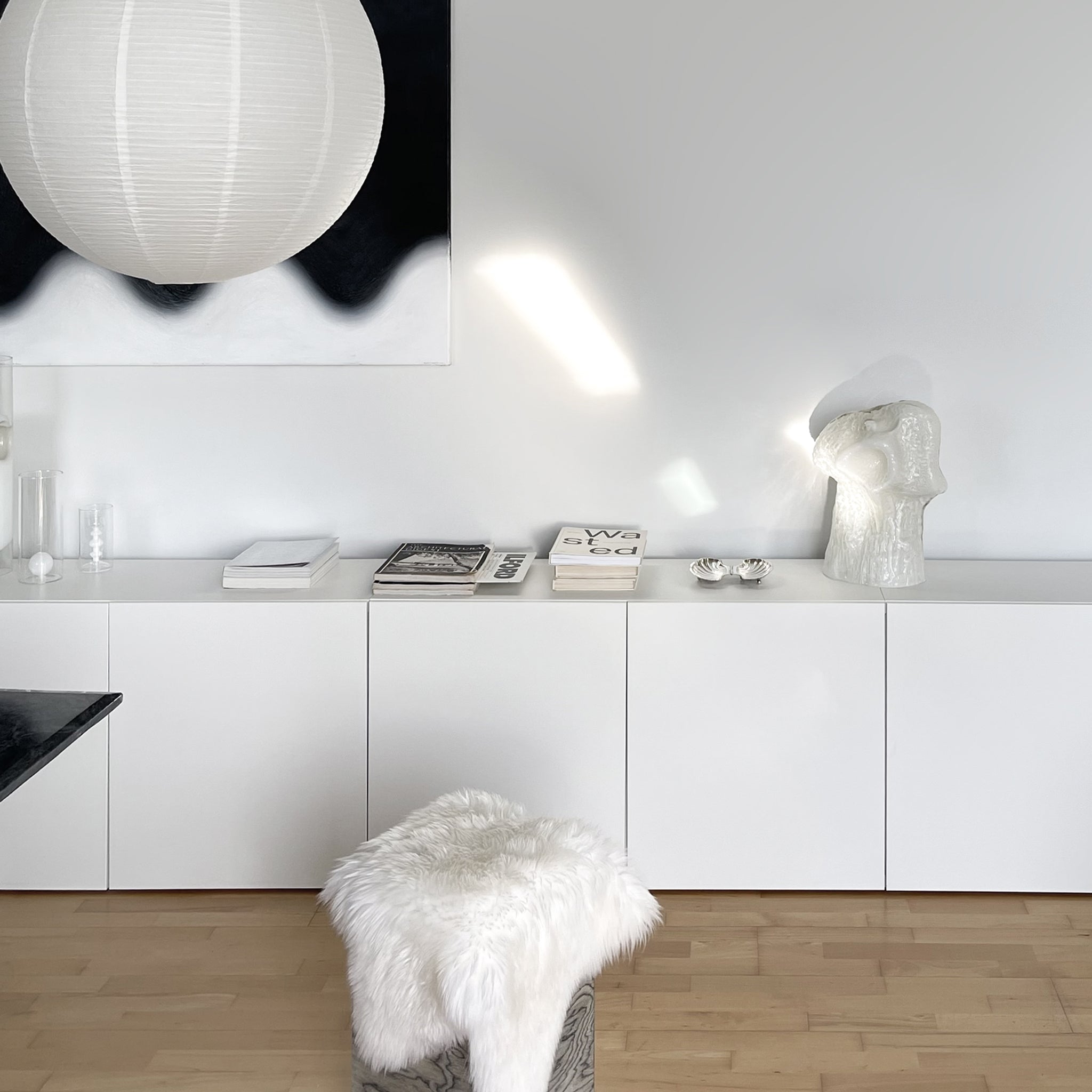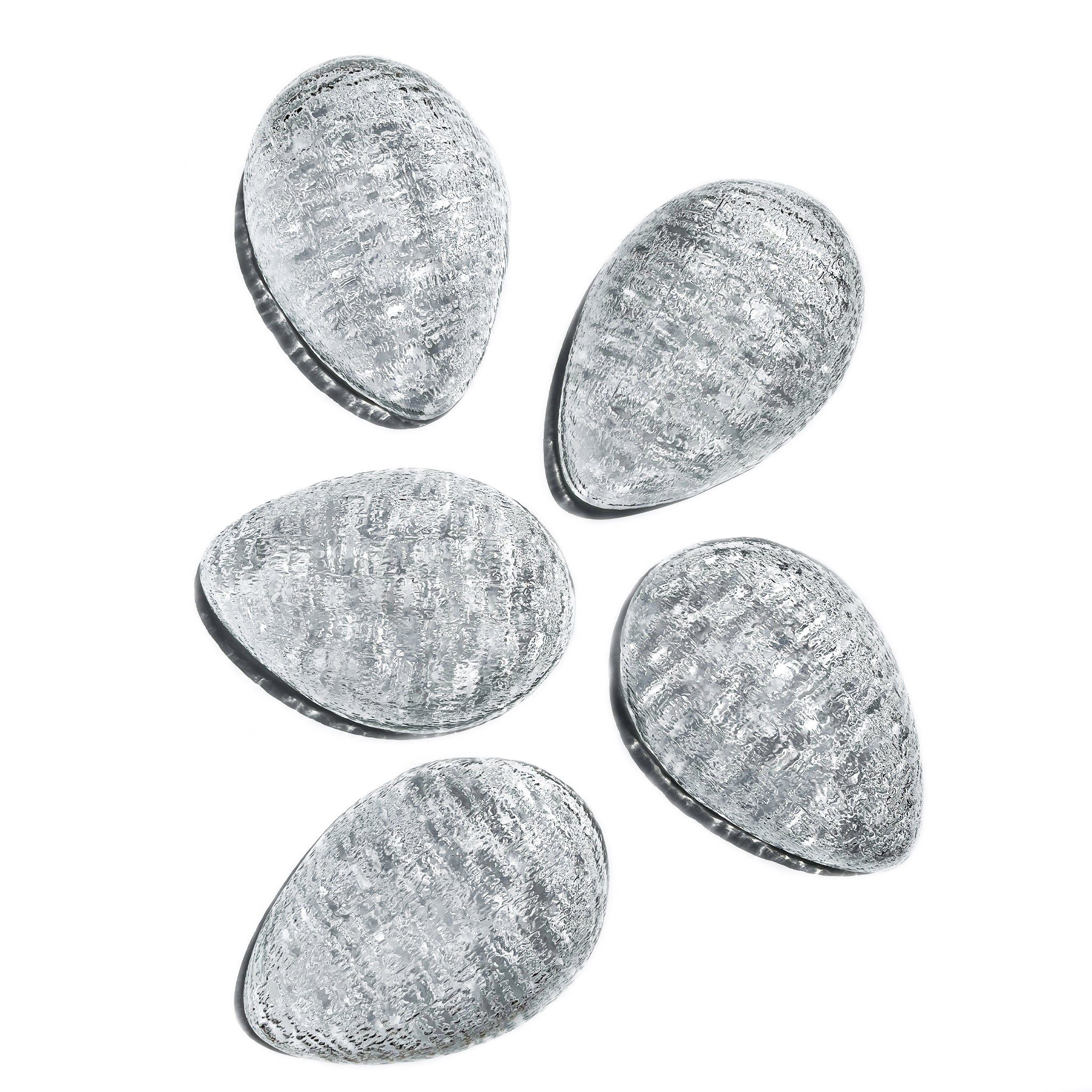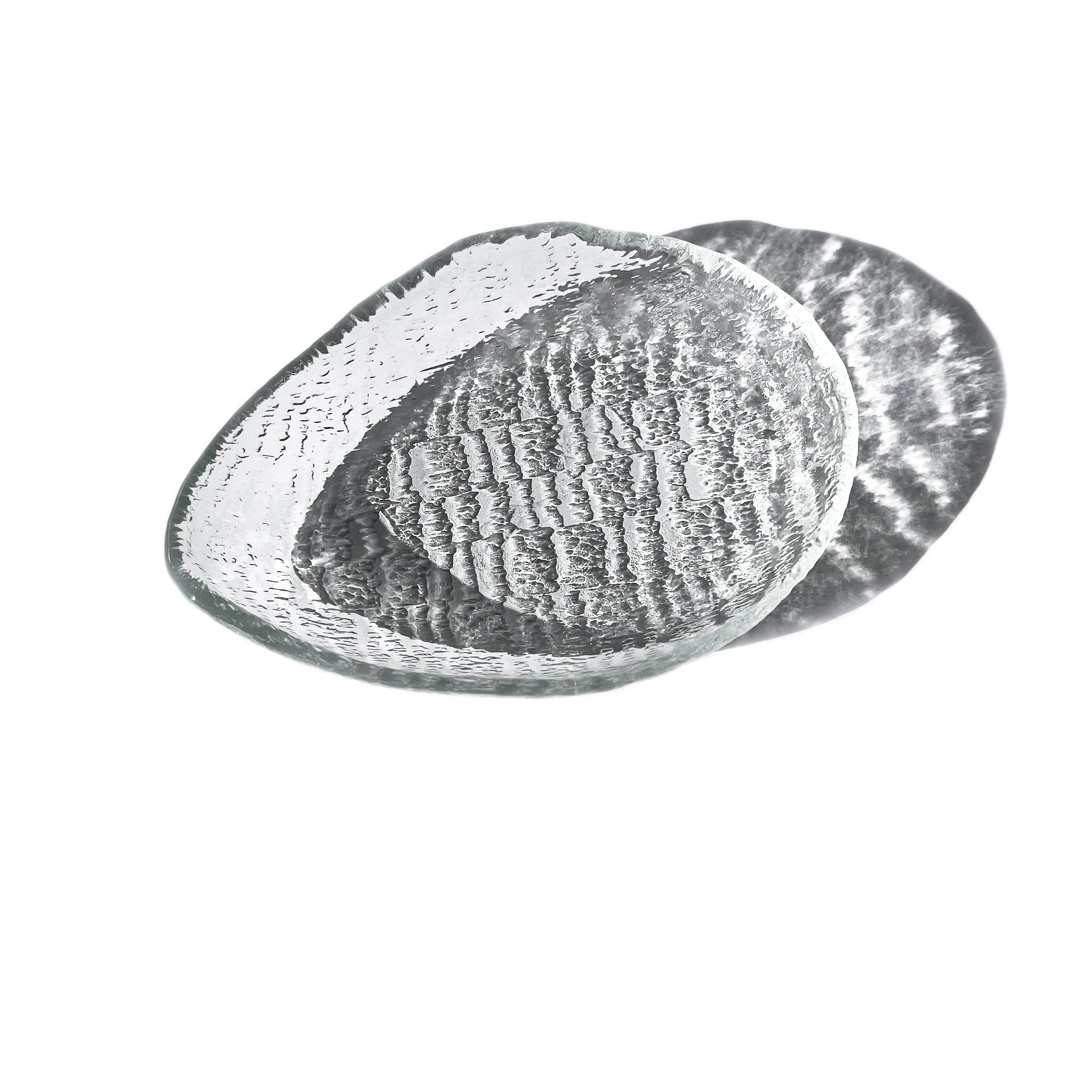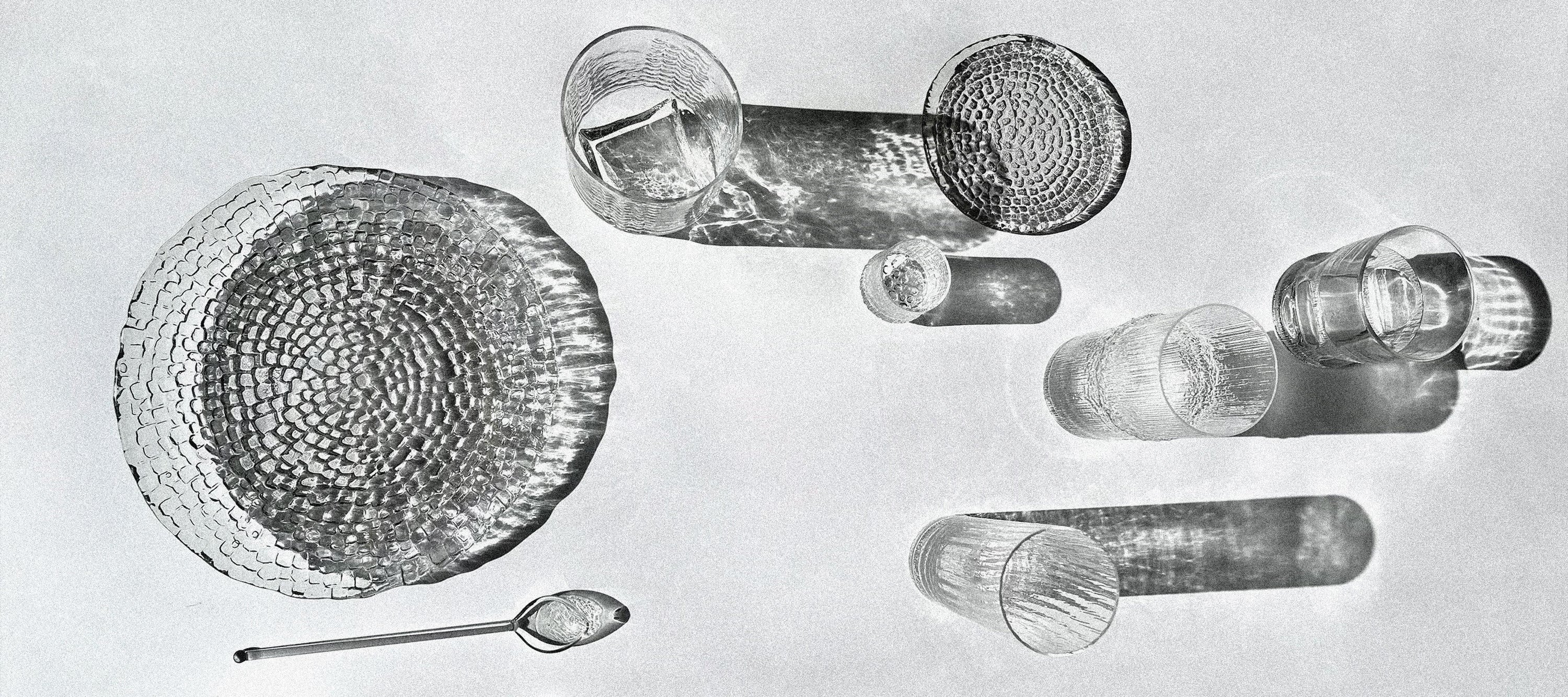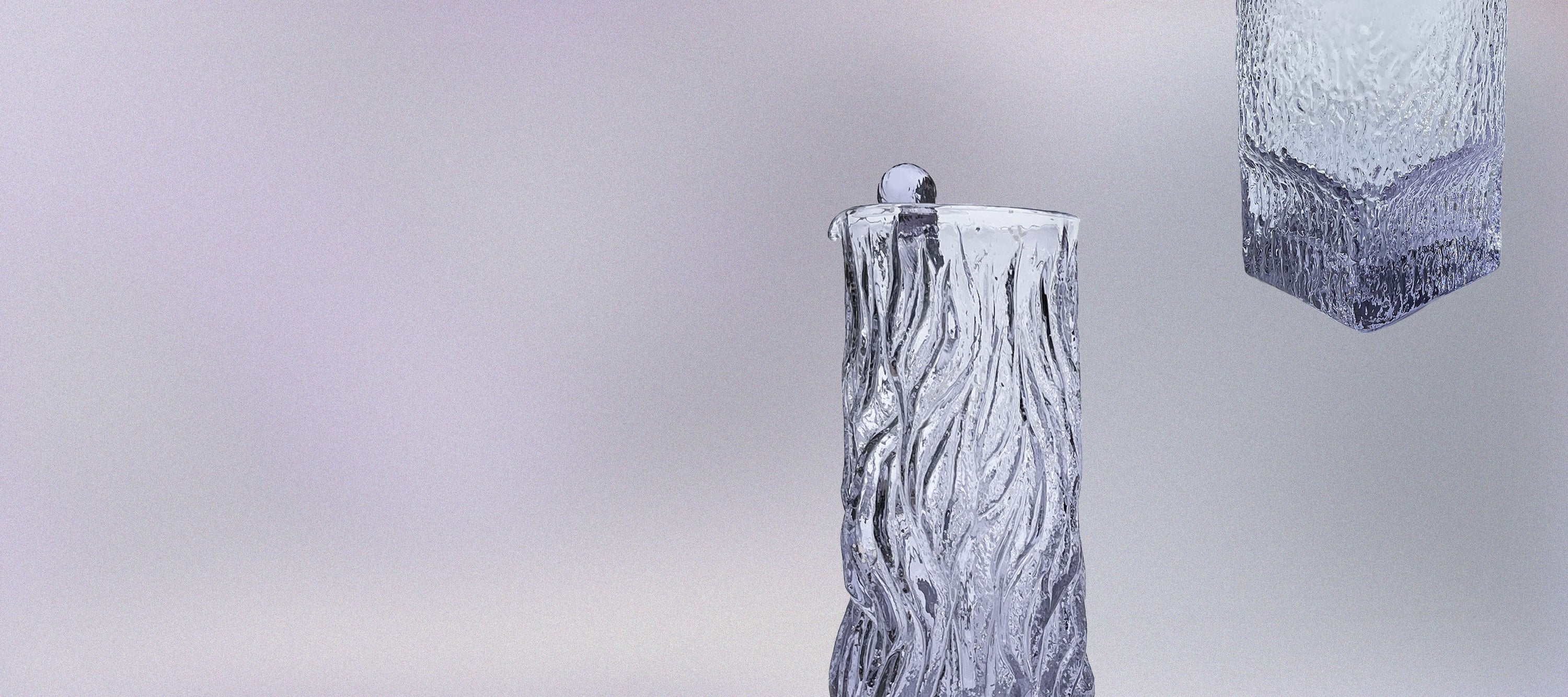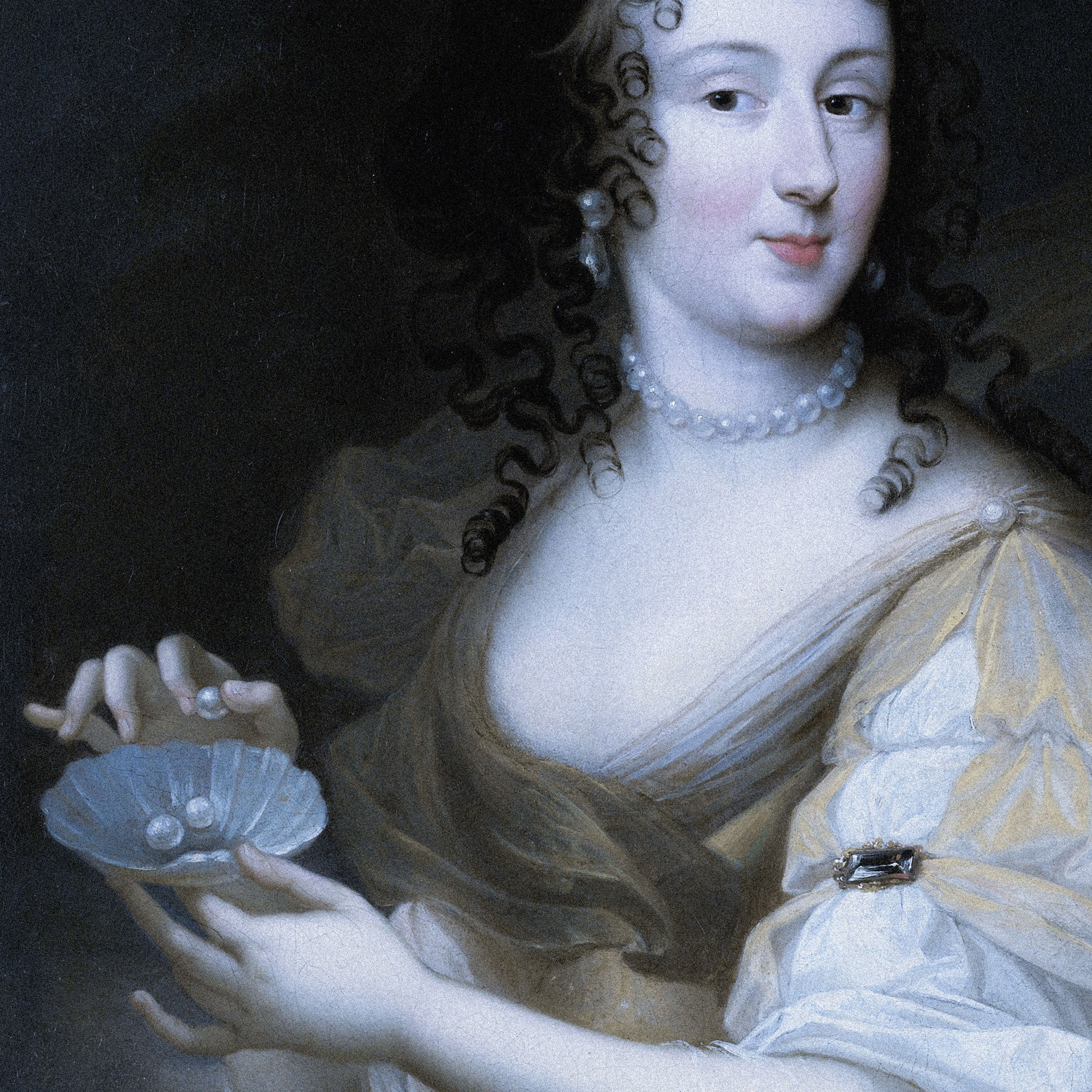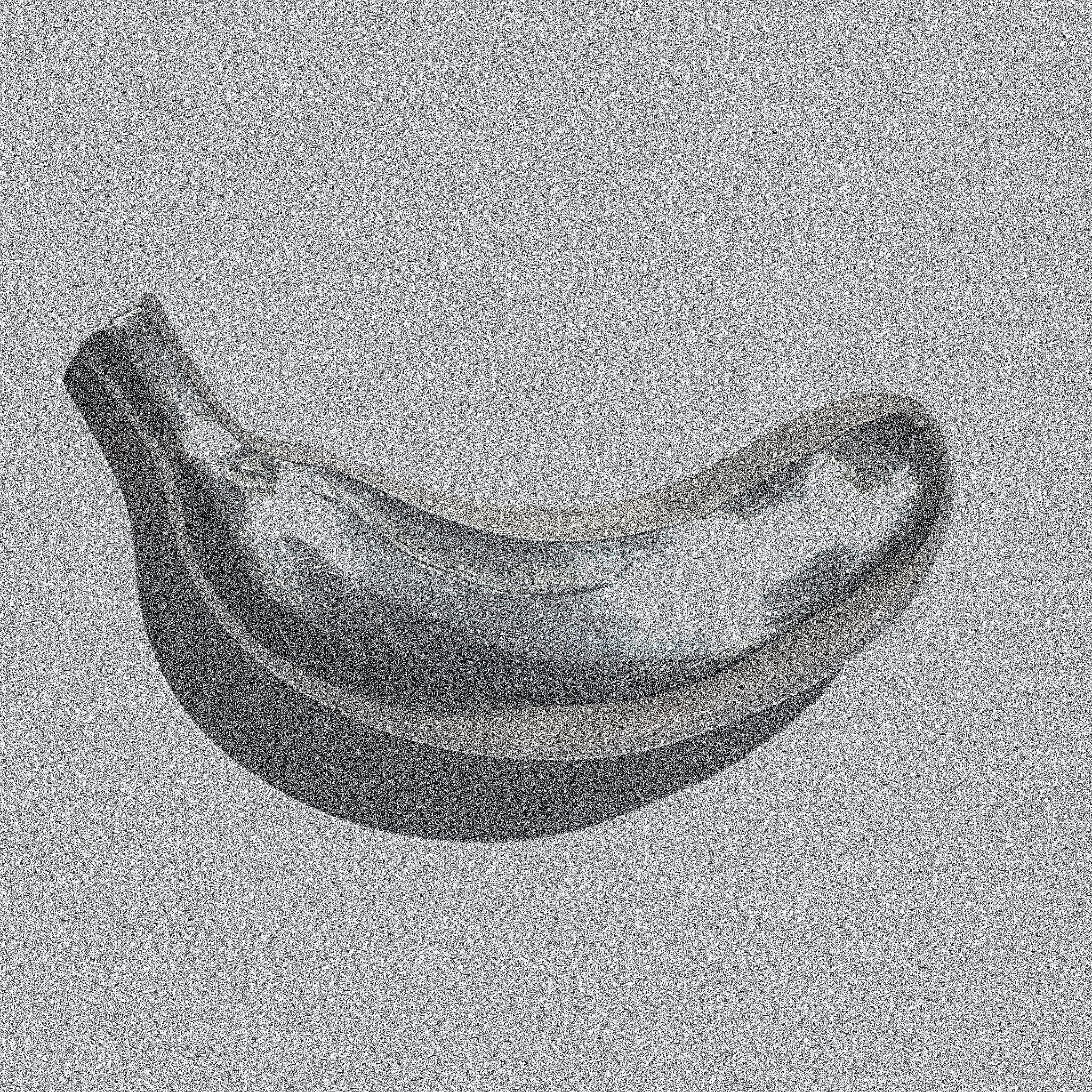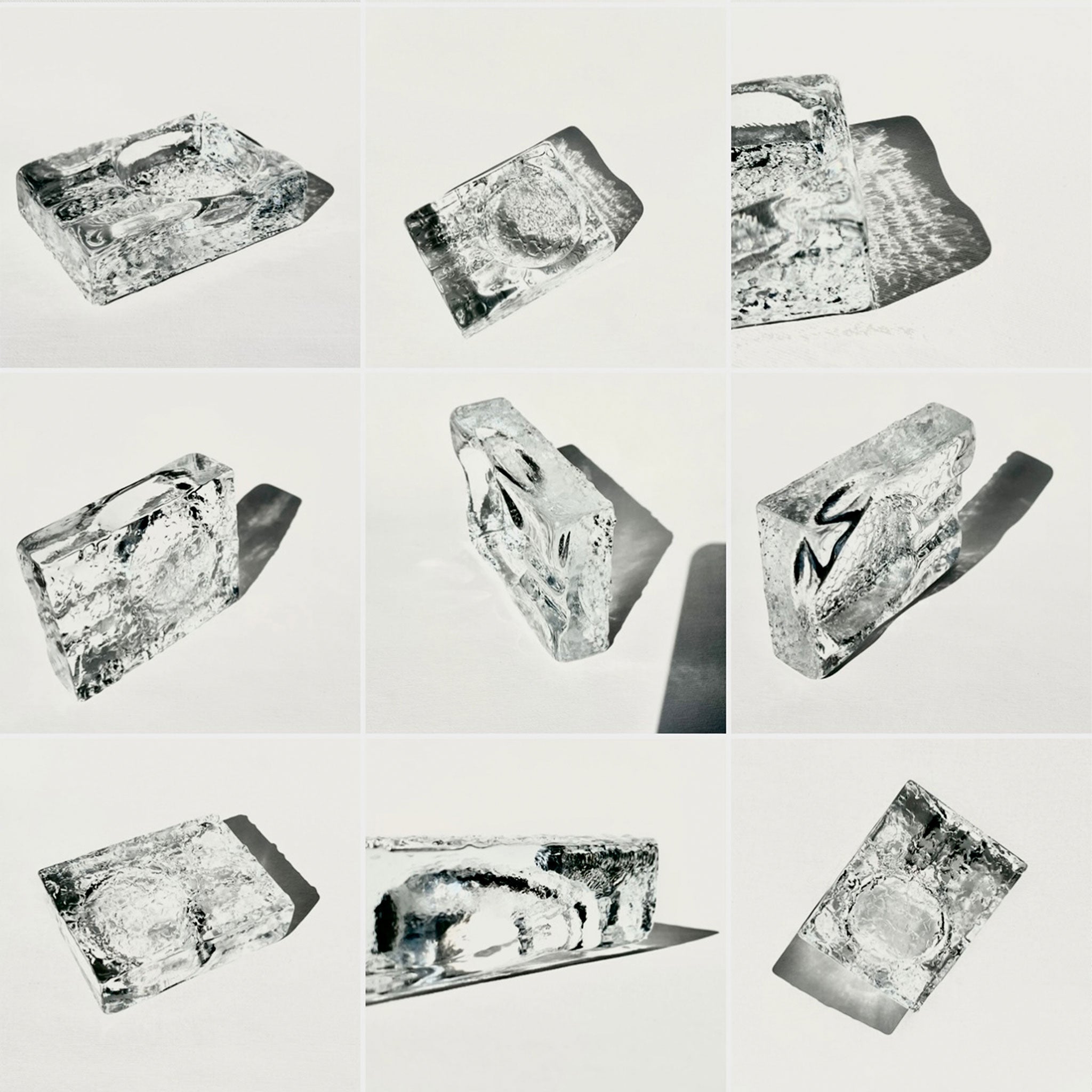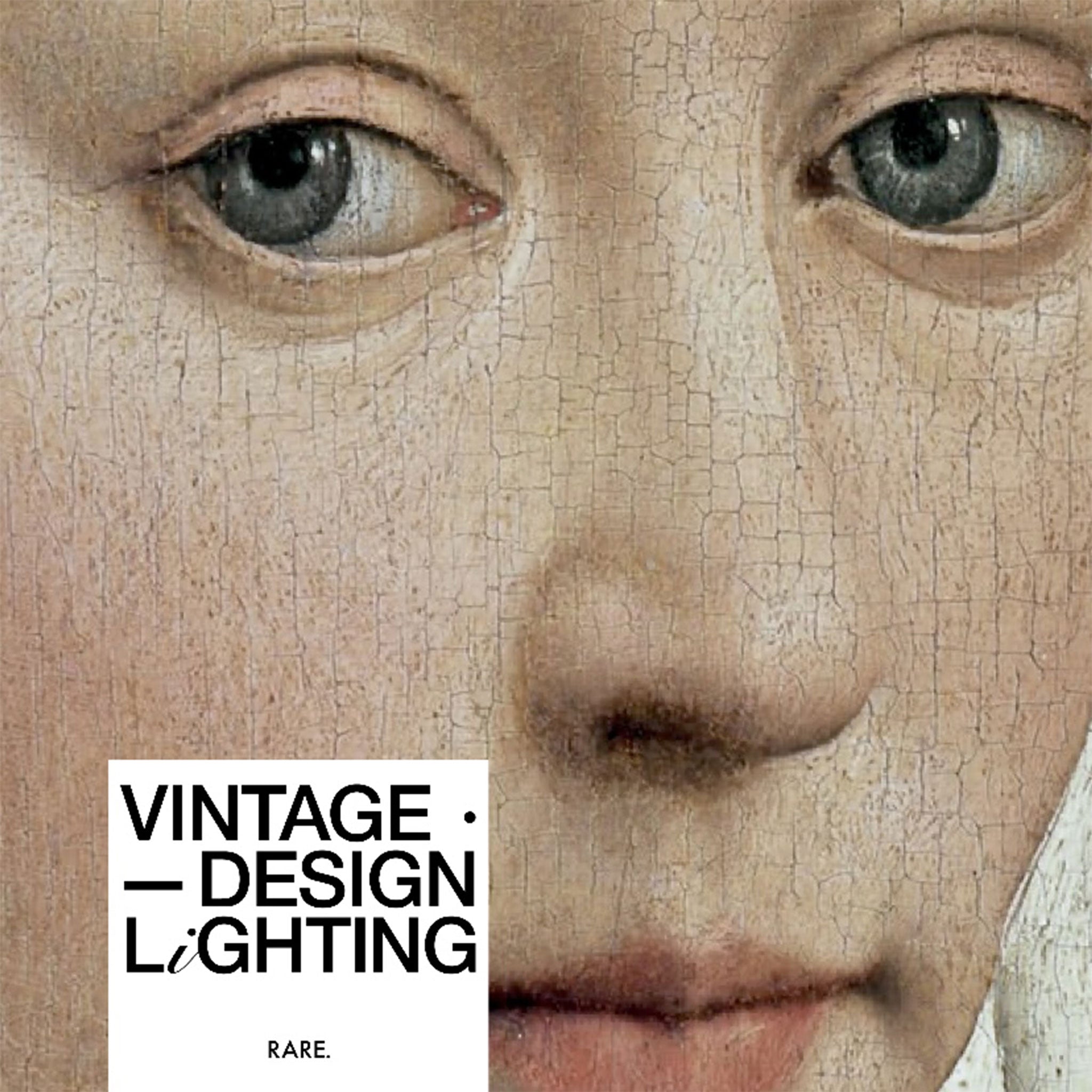
Not Quite a Color, Not Yet a Material.
Sensibility of Neodymium Glass Through Color Fields
In the neodymium glass, something happens mid-transition — between lilac and blue ice, between pale fog and the pink before dawn. These tones do not speak in absolutes. They shift, they wait, they dissolve.
The Emotional States of Color
There are sensations that only color can evoke. A certain silence. A tension in suspension. The way one hue leans toward another without ever fully arriving. These are not just visual cues — they are states of being. In this liminal space, the emotional language of abstract painting becomes deeply relevant.
Rothko and Fangor
It connects to the vast surfaces of Rothko, where lavender holds its breath and mulberry edges into rusted blue. It meets Fangor’s soft vortices, where color pulses from the center and fades into air, as if the canvas itself were inhaling.
Sensibility Through Material
The objects in this collection approach a similar sensibility: one of vibration, of presence without definition, of perceptual softness. The color in neodymium glass, like in painting, is not static — it’s chemical, optical, changeable.
A Space of Subtle Shifts
These works live in the subtlety of variation. In the quiet transitions between day and dusk. In reflections, refractions, thresholds. Not meant to declare, but to resonate. Not to describe, but to shift — slowly — our perception of the everyday.
Discover Subtle Neodymium — a curated selection of 20th century neodymium glass functional objects.
Wojciech Fangor, M 64, 1970.
Wojciech Fangor, M 12, 1970.
Mark Rothko, No. 61 (Rust and Blue), 1953.


